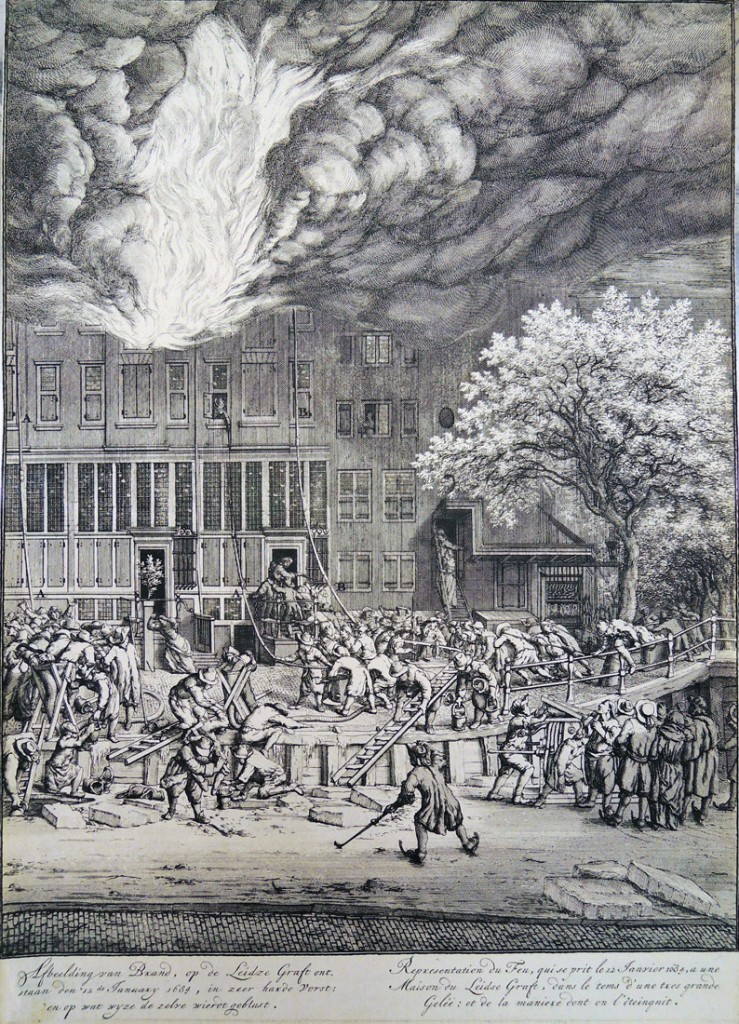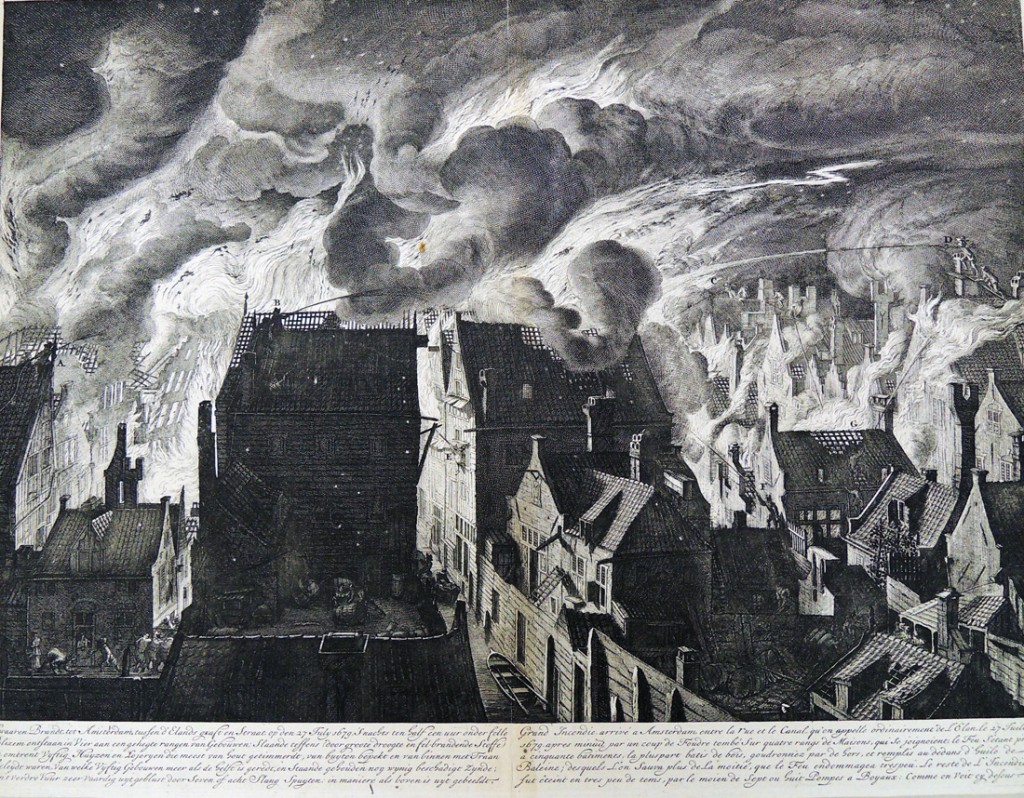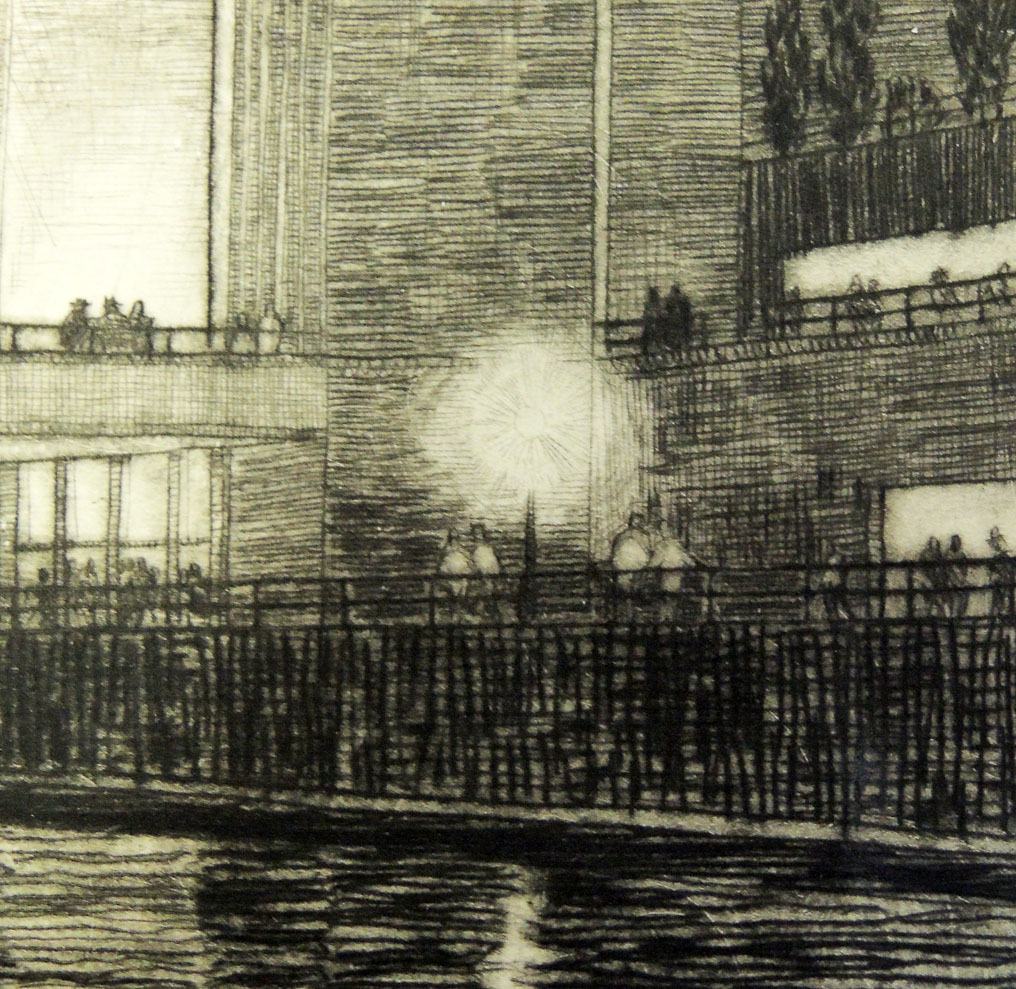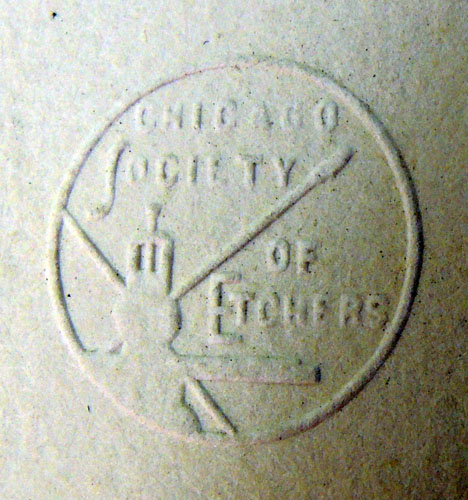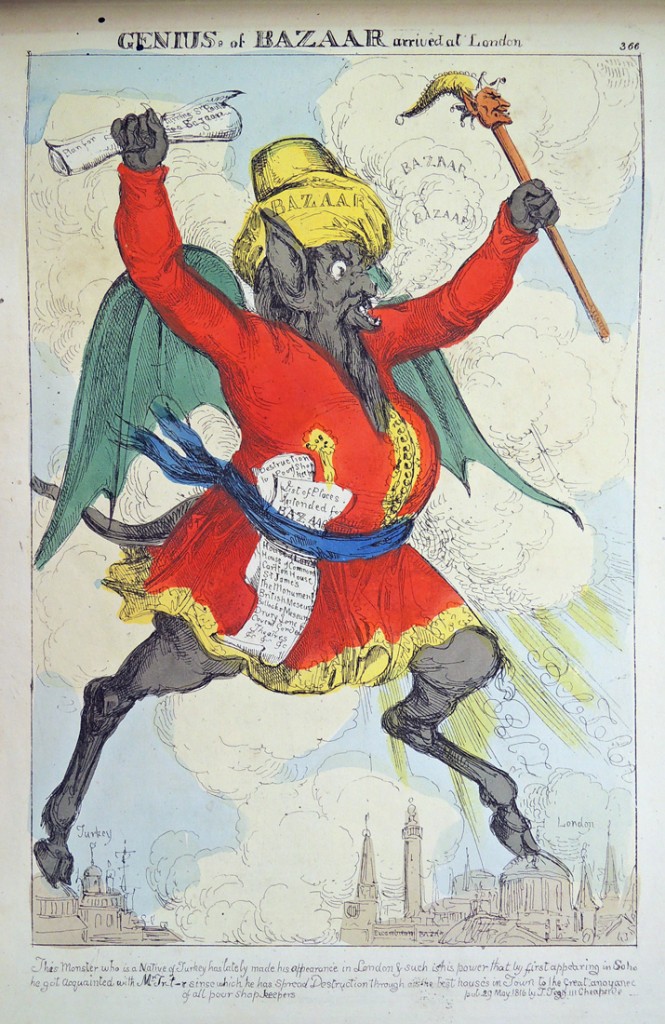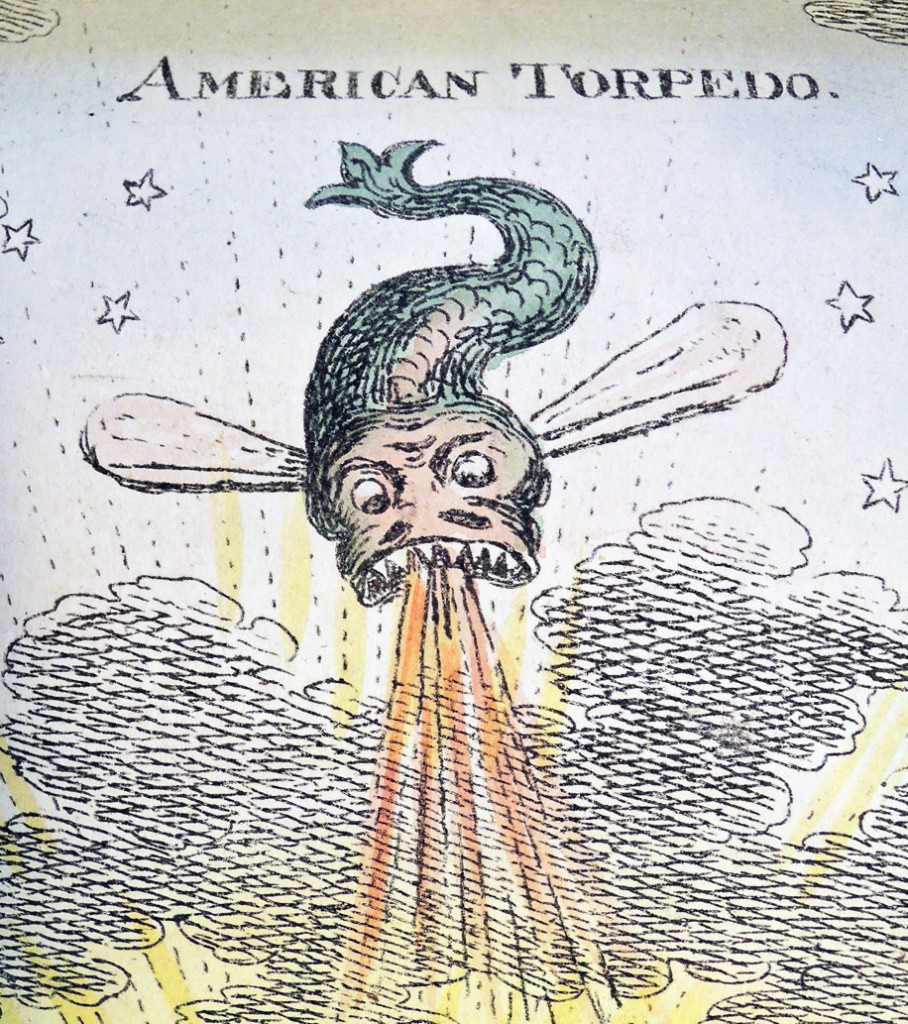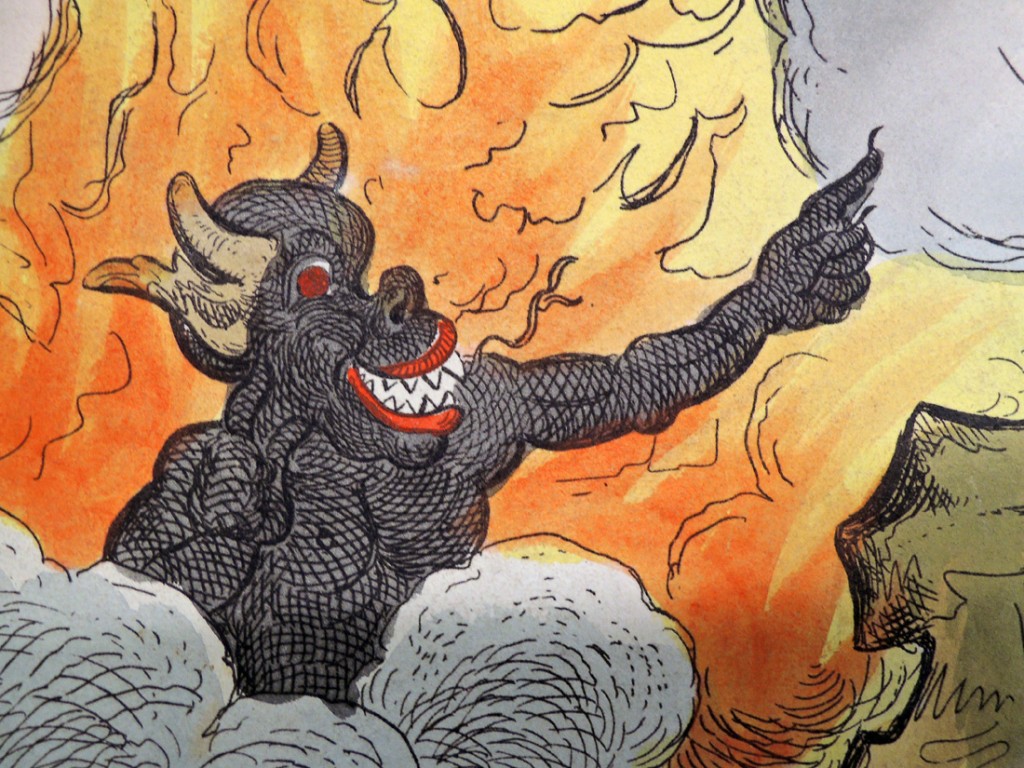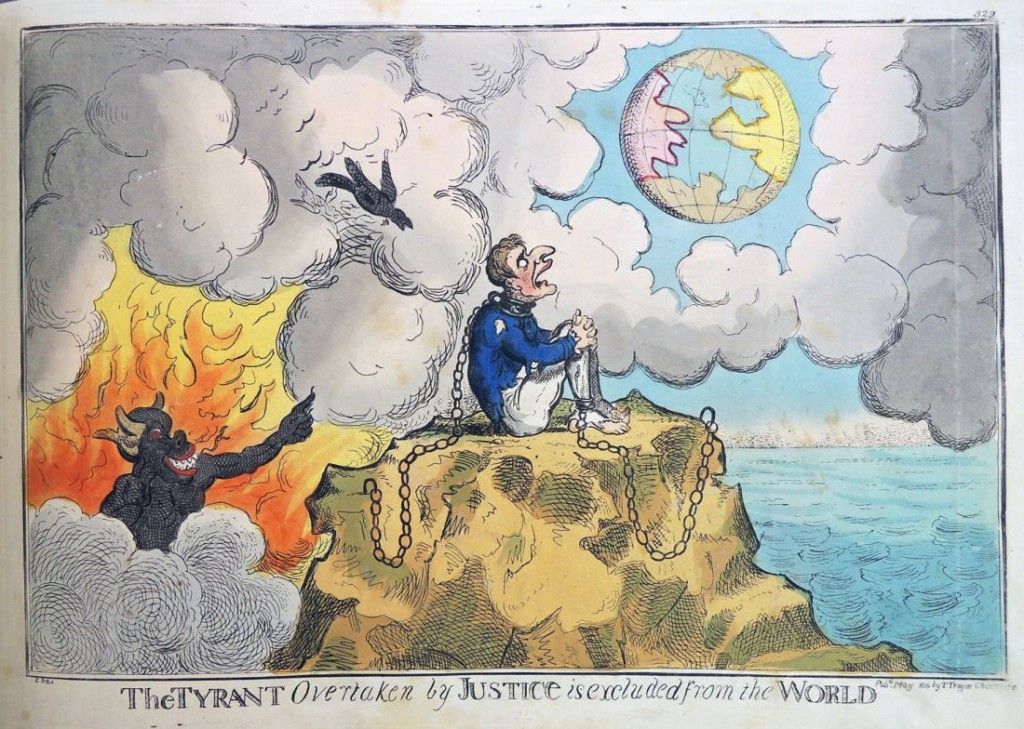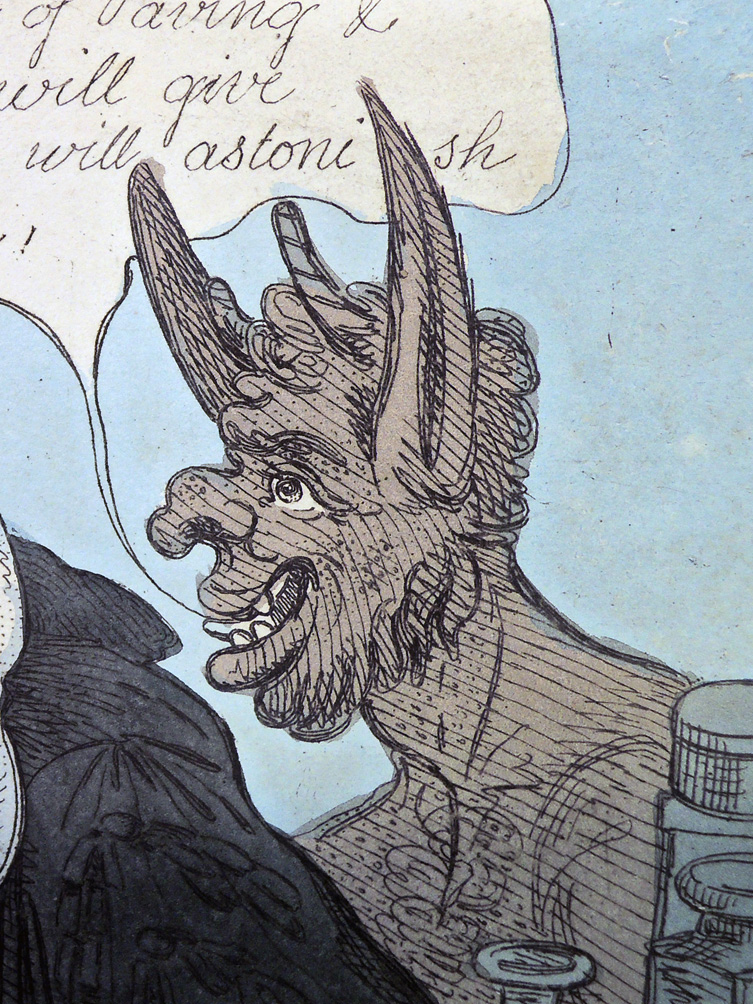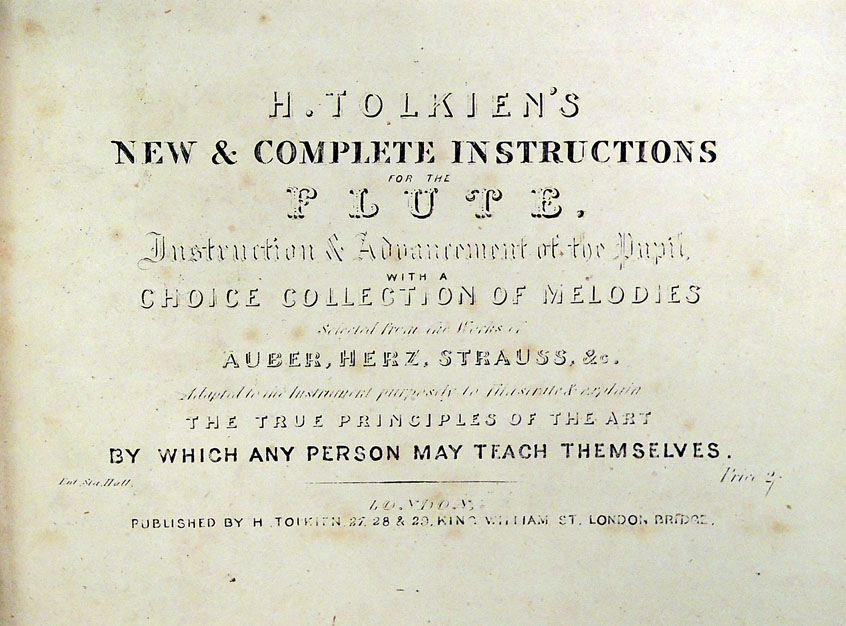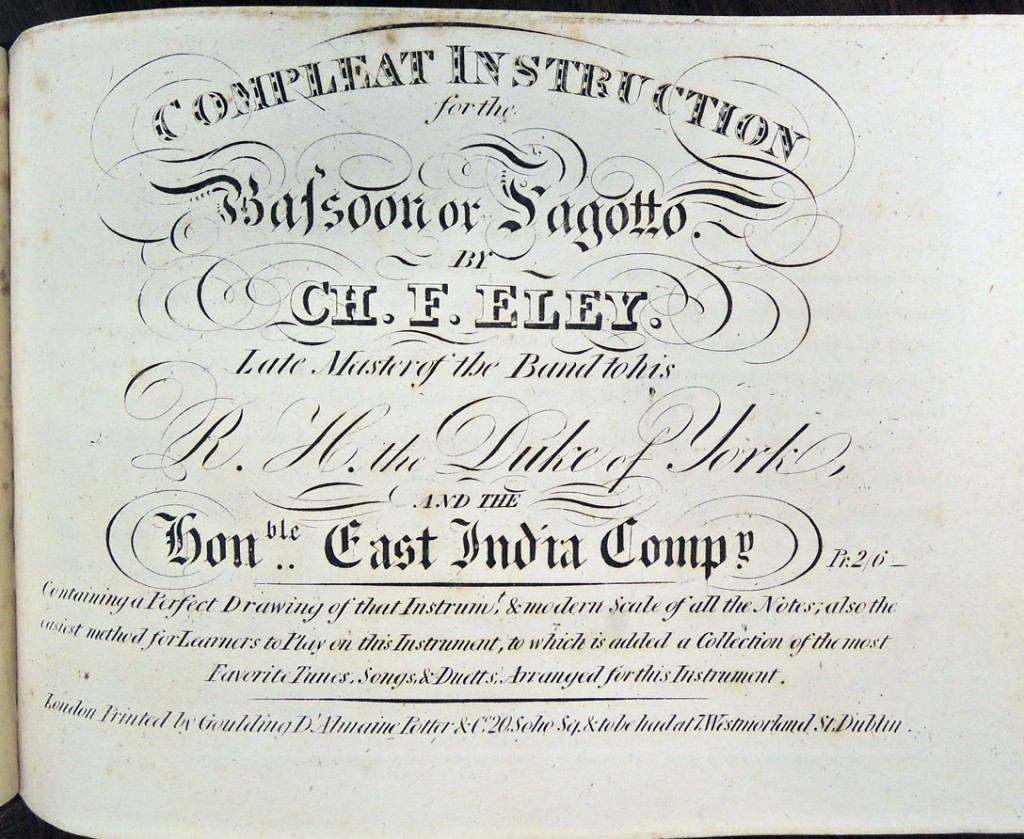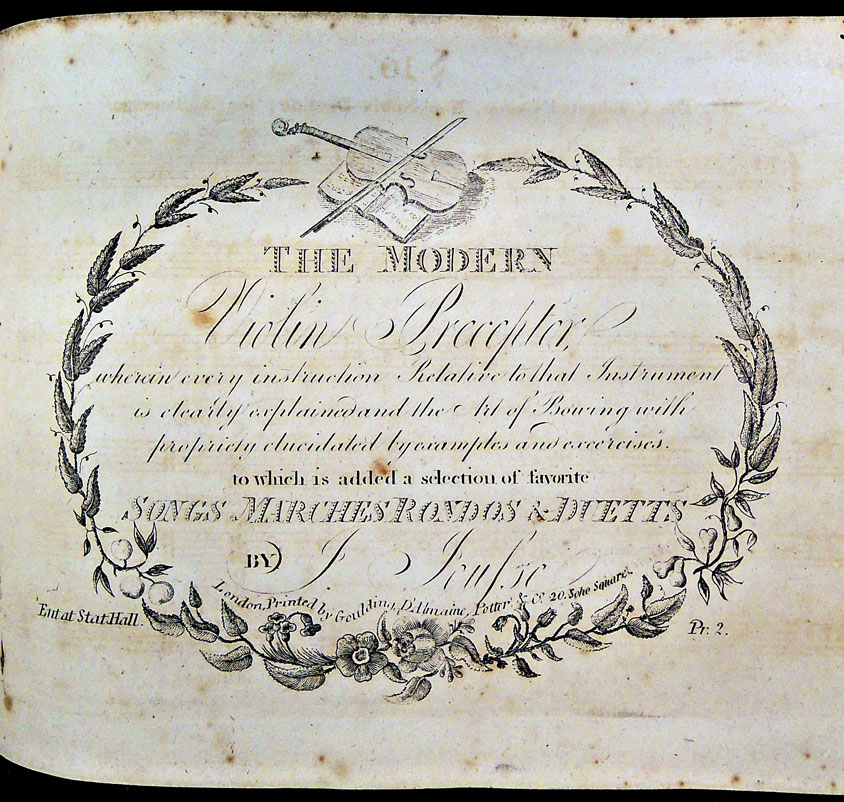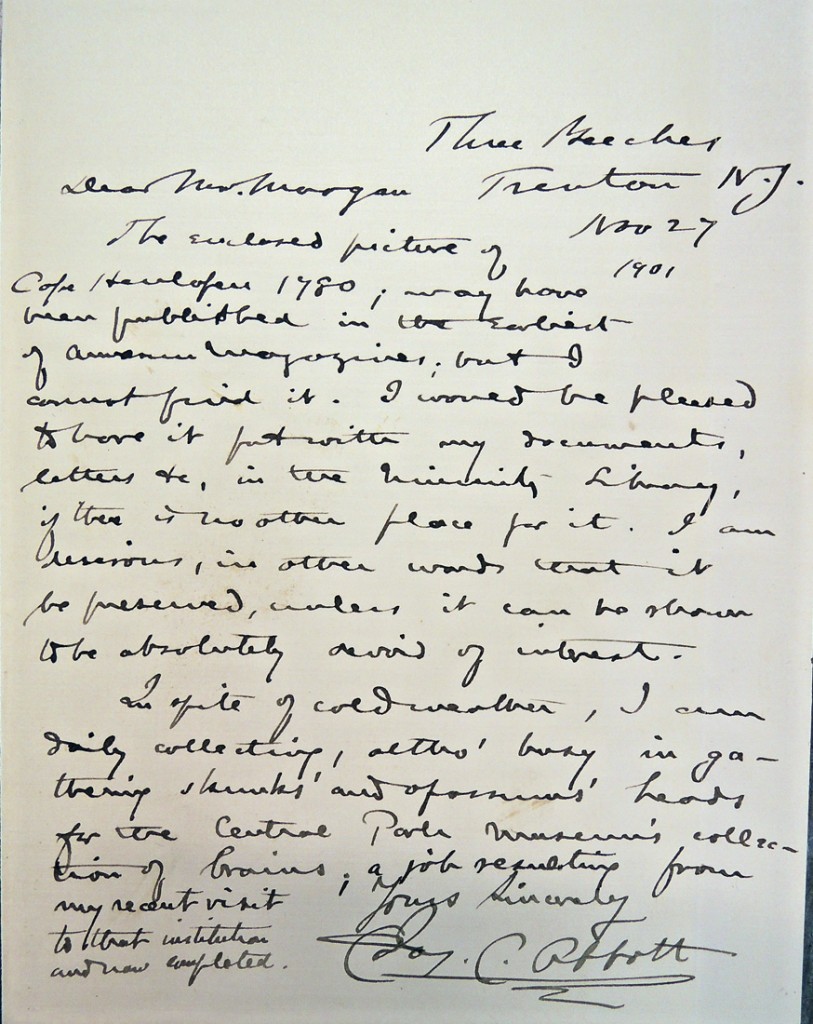Treize Mille cuivres, la chalcographie du musée du Louvre (english subtitles)
This extraordinary video describes the workshop of La Chalcographie de la Réunion des musées nationaux, where a collection of 13,000 engraved copper plates are printed on demand for the general public. The word chalcography comes from the Greek Khalkos meaning: copper and graphein meaning: to write. These are the original copper plates produced by some of the finest artists since XVIth century, owned by the Musée du Louvre, Département des Arts Graphiques. Running just over 17 minutes, it is worth watching the entire piece and then, getting on their website to place an order.
Category Archives: prints and drawings
Apotheosis in graphic arts
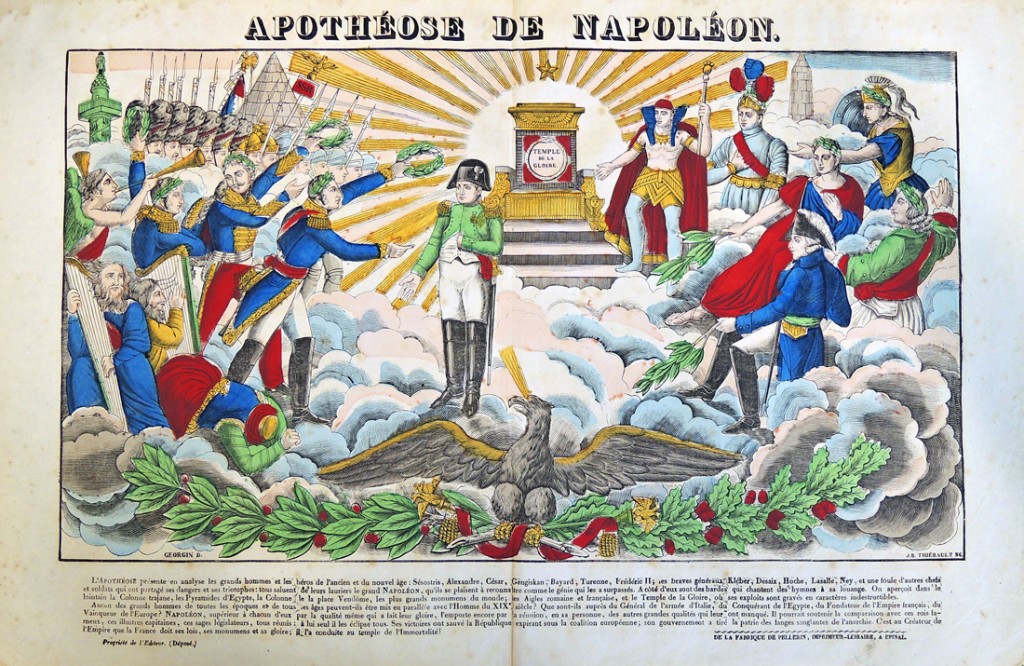 The Graphic Arts Collection has received a promised gift of 31 large format, pochoir colored woodcuts from the Pellerin firm in Epinal, France. Designed by François Georgin (1801-1863) between 1820 and 1839, each of the plates shows one event from the celebrated life of Napoleon.
The Graphic Arts Collection has received a promised gift of 31 large format, pochoir colored woodcuts from the Pellerin firm in Epinal, France. Designed by François Georgin (1801-1863) between 1820 and 1839, each of the plates shows one event from the celebrated life of Napoleon.
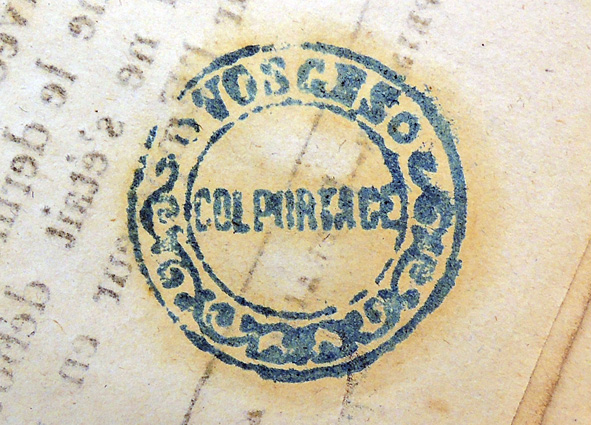 We are very grateful to Bruce Willsie, Class of 1986, for this amazing discovery and gift.
We are very grateful to Bruce Willsie, Class of 1986, for this amazing discovery and gift.
The new collection got us to thinking about other ‘apotheosis’ prints (those that elevate someone to divine status) that might be found within the Graphic Arts Collection. It turns out there are many but here is a sampling.
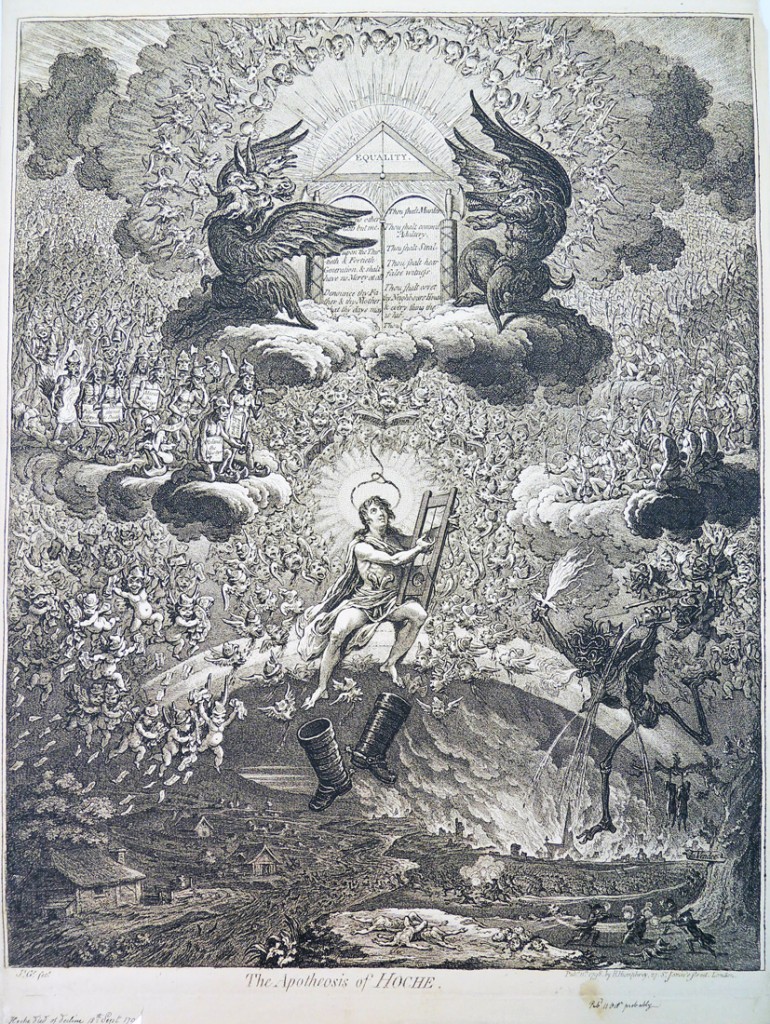
James Gillray (1757-1815), The Apotheosis of Hoche, November 1798. Etching. Gift of Dickson Q. Brown, Class of 1895. Graphic Arts Collection GA 2006.01538
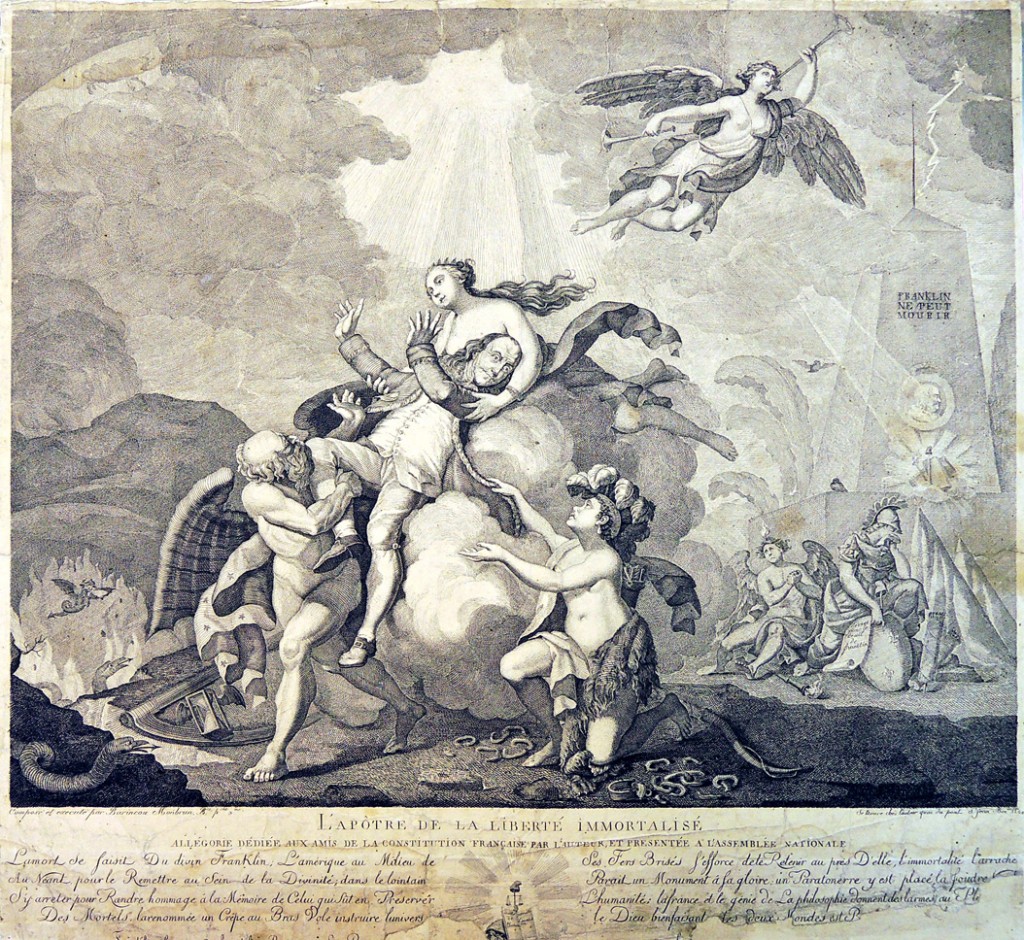
Baricou Montbrun, L’Apotre de la liberte immortalize (The Apostle of Freedom Immortalized or The Apotheosis of Benjamin Franklin), [Paris: Montbrun, ca. 1790]. Stipple engraving. Graphic Arts Collection GA 2012.01431

Gilbert Randon (1814-1884), after Abraham Girardet (1764-1823). Apotheose de J. J. Rousseau, sa translation au Pantheon (11 octobre 1794) (Apotheosis of J. J. Rousseau, His Translation to the Pantheon (October 11, 1794), no date [1847-1854]. Engraving. Graphic Arts Collection GA 2012.00846
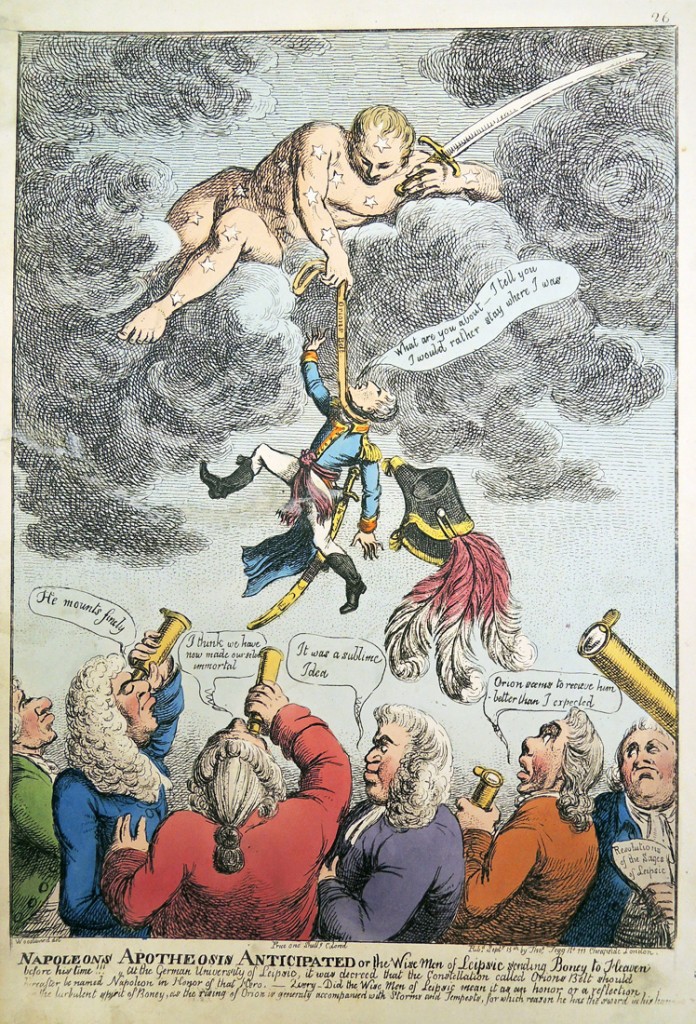
George Moutard Woodward (ca. 1760-1809), Napoleon’s Apotheosis Anticipated or the Wise Men of Leipsic Sending Boney to Heaven Before His Time!!!, [September 15, 1805?]. Hand colored etching. Gift of Dickson Q. Brown, Class of 1895. Graphic Arts Collection GA 2006.01538
Jan van der Heyden and his firefighting book
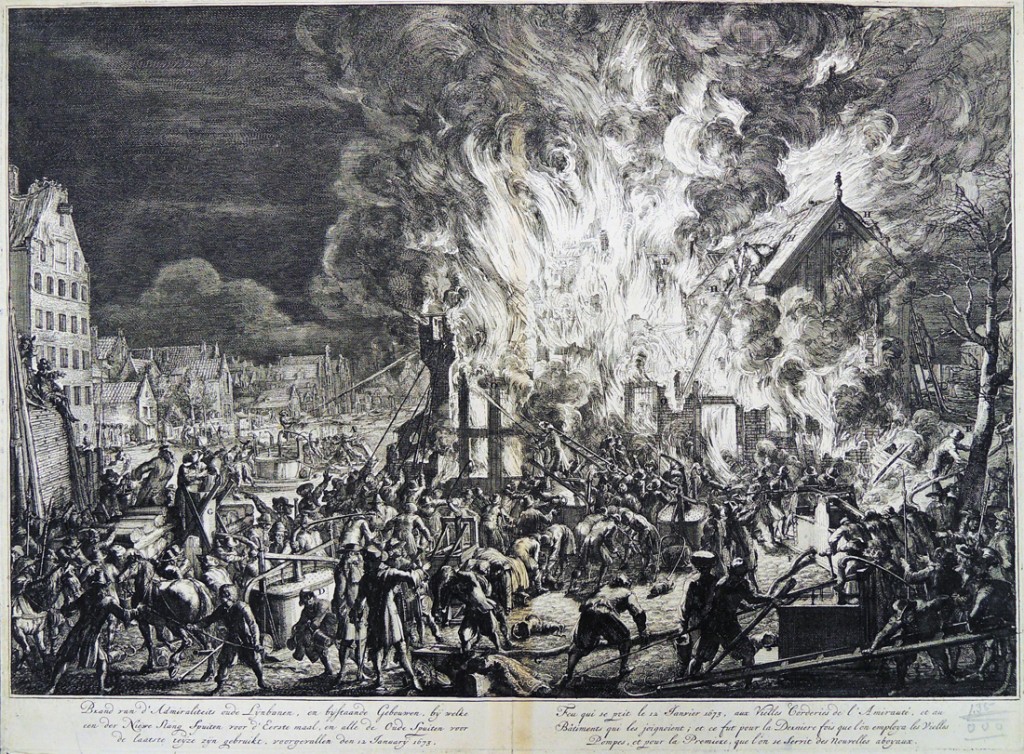
In 1690, the Dutch painter Jan van der Heyden (1637–1712) and his son, also Jan, published a volume of engravings depicting various Amsterdam fires and the machinery van der Heyden invented to fight them. The Description of the Newly Discovered and Patented Hose Fire Engine and Its Way of Extinguishing Fires is called the first firefighting manual. Certainly it is the most beautiful. Some of the plates were engraved by van der Heyden himself and at least one is attributed to Romeyn de Hooghe (1645-1708).
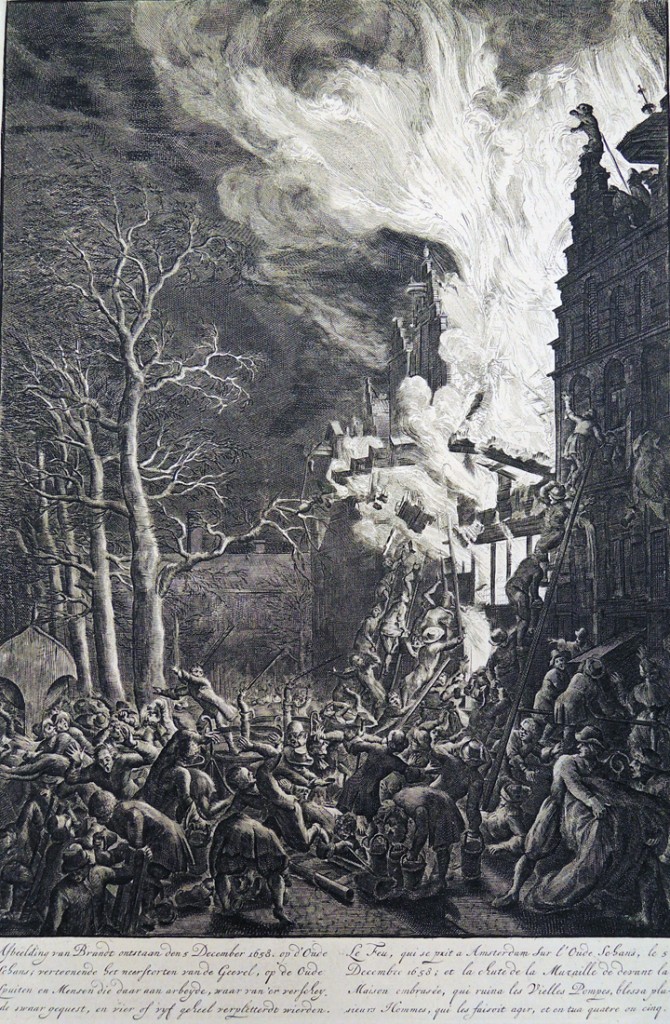
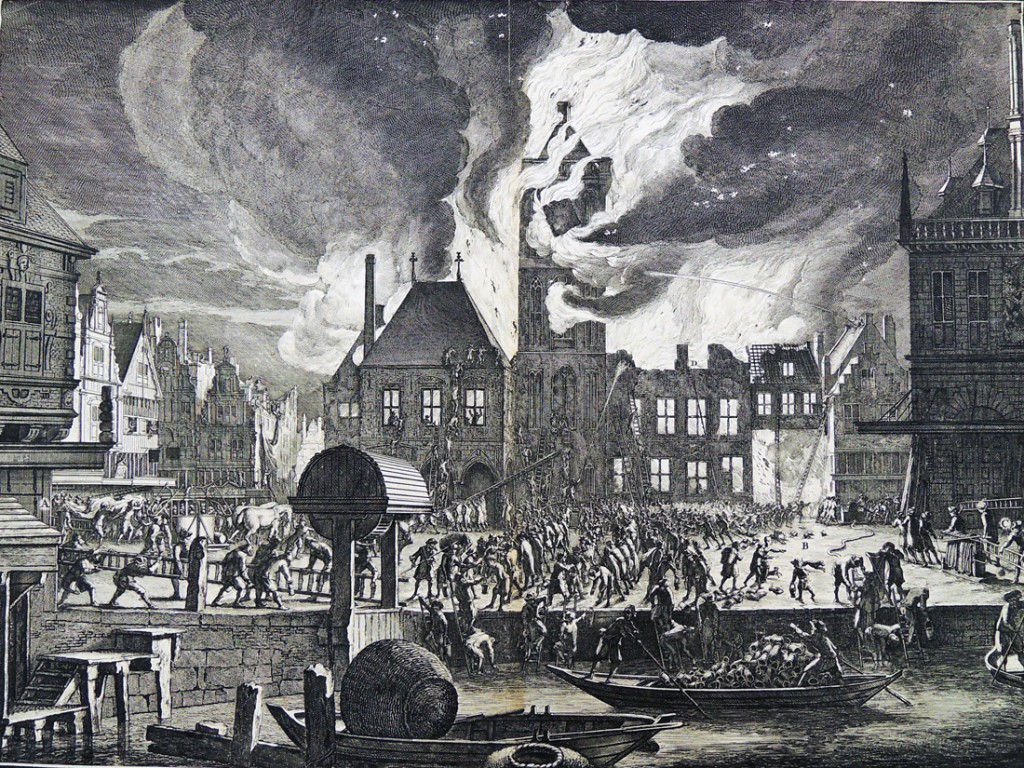 The first edition of van der Heyden’s book included nineteen plates. Seven additional prints were added when a second edition was published after his death in 1735. The copy in the Graphic Arts Collection has unfortunately been unbound and its eighteen plates (1652-1684) matted separately.
The first edition of van der Heyden’s book included nineteen plates. Seven additional prints were added when a second edition was published after his death in 1735. The copy in the Graphic Arts Collection has unfortunately been unbound and its eighteen plates (1652-1684) matted separately.
Jan van der Heyden (1637-1712), Beschryving der nieuwlyks uitgevonden en geoctrojeerde slang-brand-spuiten en haare wyze van brand-blussen (Description of the Newly Discovered and Patented Hose Fire Engine and Its Way of Extinguishing Fires) (Amsterdam: Jan Rieuwertsz, 1690).
Snow is coming
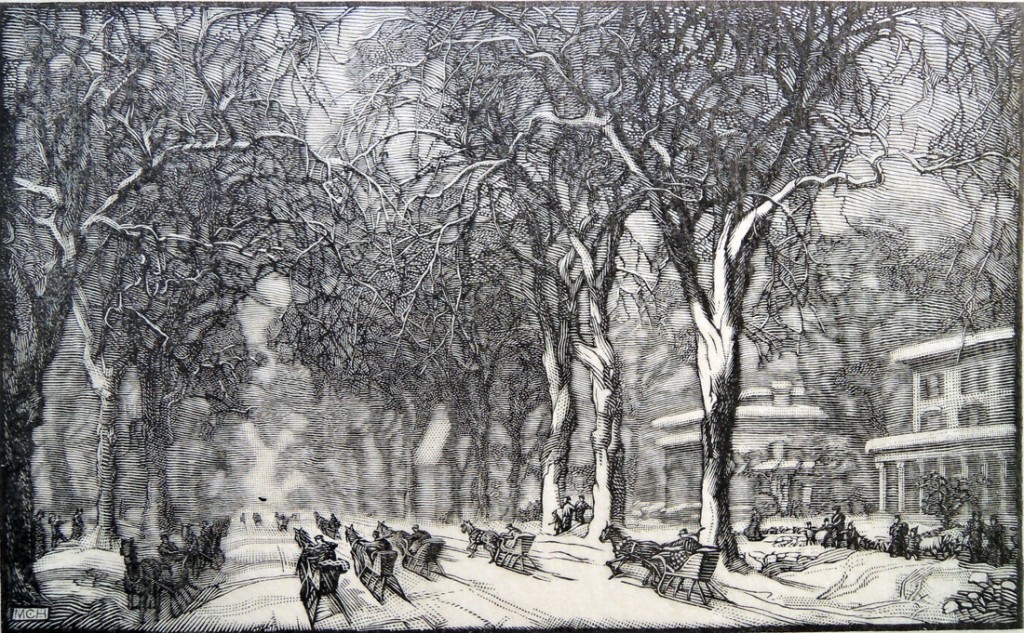 Morton C. Hansen, Untitled [Snowy landscape with horse-drawn sleighs on tree-lined street, houses at right], 1928. Wood engraving. Graphic Arts Collection GA 2007.01397.
Morton C. Hansen, Untitled [Snowy landscape with horse-drawn sleighs on tree-lined street, houses at right], 1928. Wood engraving. Graphic Arts Collection GA 2007.01397.
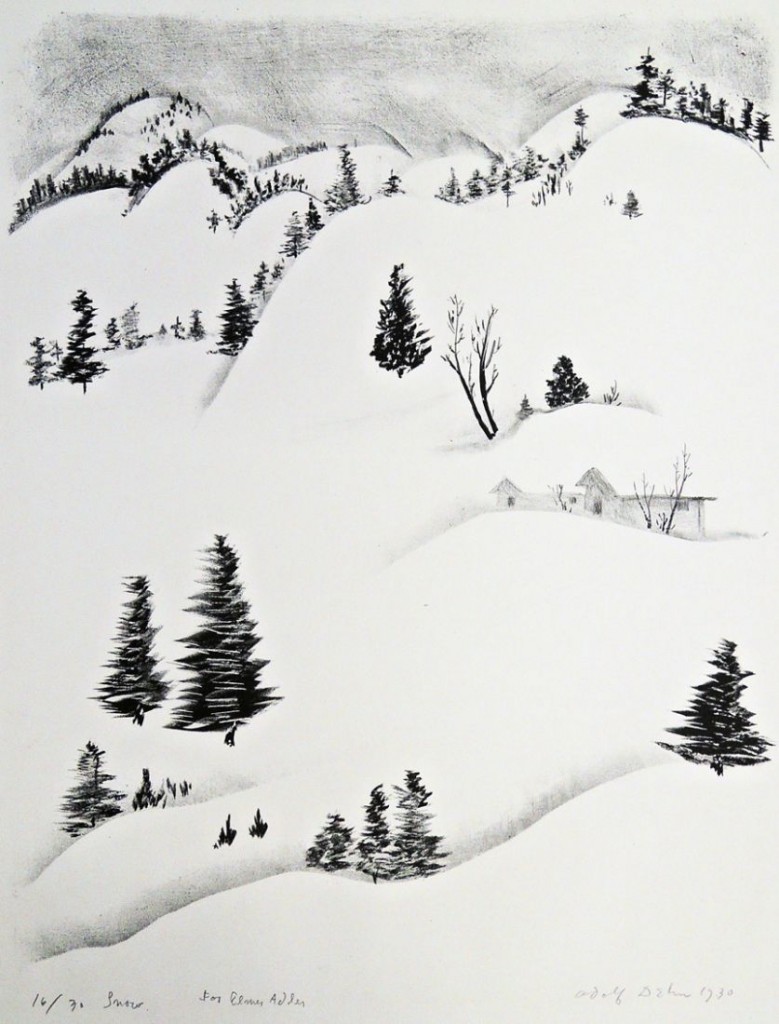 Adolf Arthur Dehn (1895-1968), Snow, 1930. Lithograph. Graphic Arts Collection GA 2007.01186. Edition 16/30. Inscribed: “For Elmer Adler”.
Adolf Arthur Dehn (1895-1968), Snow, 1930. Lithograph. Graphic Arts Collection GA 2007.01186. Edition 16/30. Inscribed: “For Elmer Adler”.
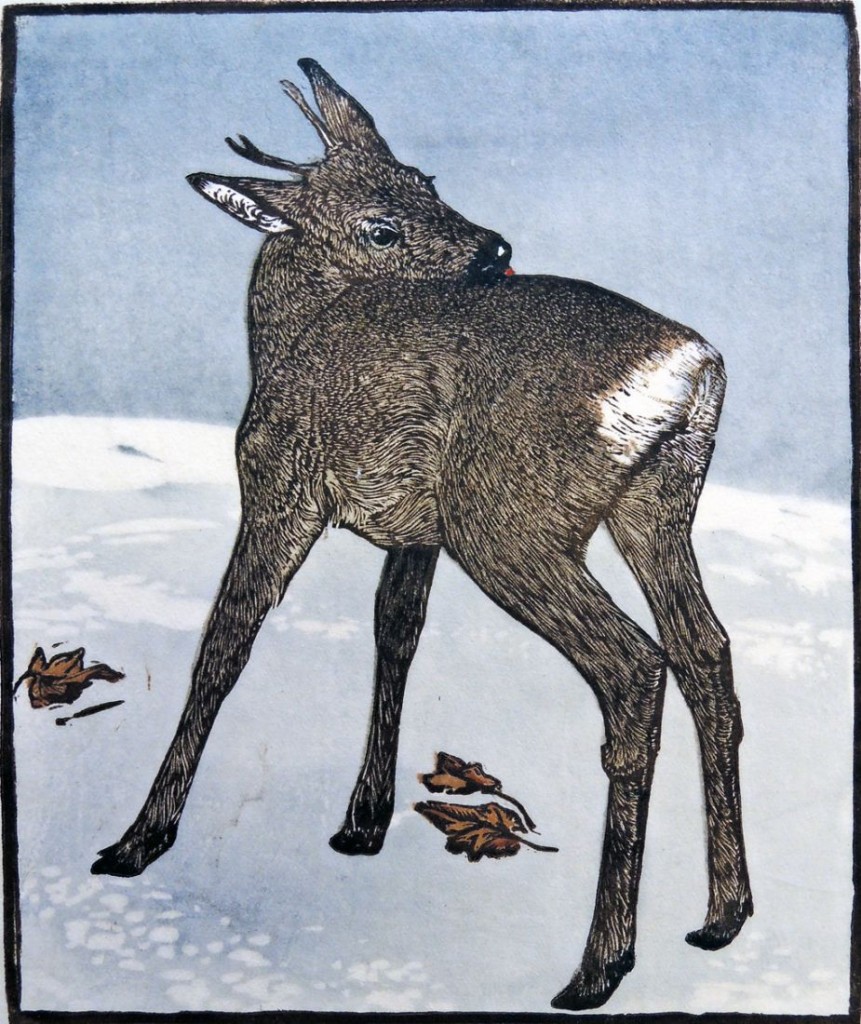 Hans Frank (1884-1948), Untitled [Deer in Snow], no date. Woodcut. Graphic Arts Collection GC121
Hans Frank (1884-1948), Untitled [Deer in Snow], no date. Woodcut. Graphic Arts Collection GC121
 Ruth and James McCrea, The Snows of Kilimanjaro [Book jacket design for Hemingway novel], no date [1970]. Oil on board. Graphic arts Collection GA 2006.02555. Gift of Charles Scribner III, Class of 1973.
Ruth and James McCrea, The Snows of Kilimanjaro [Book jacket design for Hemingway novel], no date [1970]. Oil on board. Graphic arts Collection GA 2006.02555. Gift of Charles Scribner III, Class of 1973.
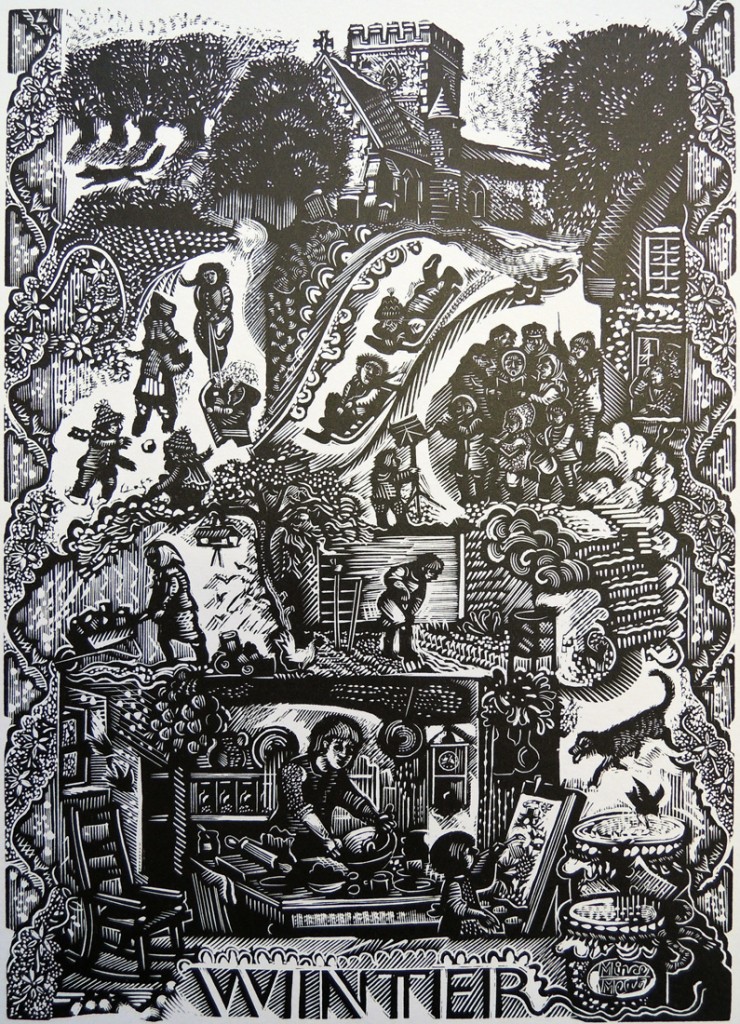 John Lawrence, The Four Seasons (Winter), 1997. Wood engraving. Graphic Arts Collection GA 2005.00893. Portfolio cover: “Four wood engravings made in 1982 to illustrate The Magic Apple Tree by Susan Hill, now issued by the Fleece Press, August, 1997.” Edition 101/120.
John Lawrence, The Four Seasons (Winter), 1997. Wood engraving. Graphic Arts Collection GA 2005.00893. Portfolio cover: “Four wood engravings made in 1982 to illustrate The Magic Apple Tree by Susan Hill, now issued by the Fleece Press, August, 1997.” Edition 101/120.
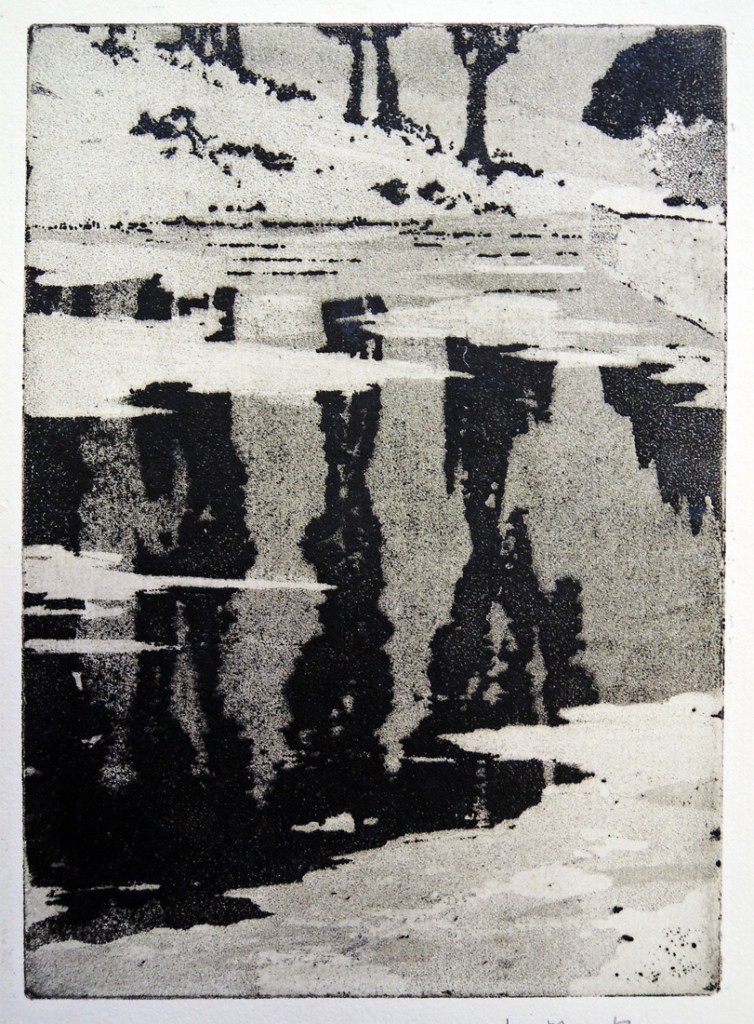 Iain MacNab (1890-1967), The First Snow, 1925. Sand-grain etching. Graphic Arts Collection GA 2007.01770
Iain MacNab (1890-1967), The First Snow, 1925. Sand-grain etching. Graphic Arts Collection GA 2007.01770
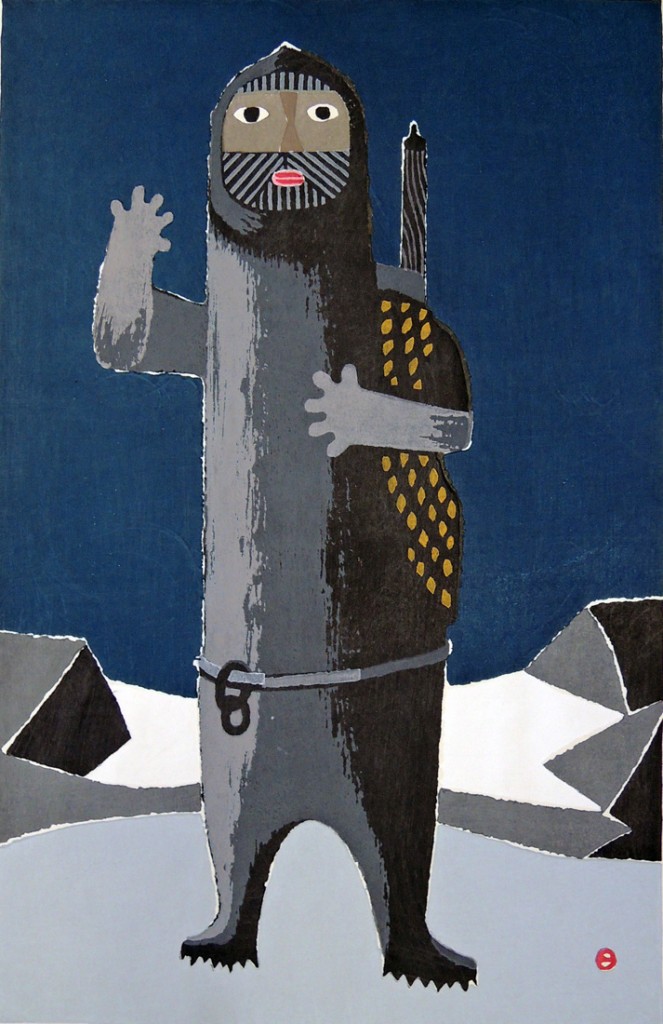 Umetaro Azechi (born 1902), Stand on the Snow Gorge, 1956. Woodblock print. Graphic Arts Collection GA 2009.00485.
Umetaro Azechi (born 1902), Stand on the Snow Gorge, 1956. Woodblock print. Graphic Arts Collection GA 2009.00485.
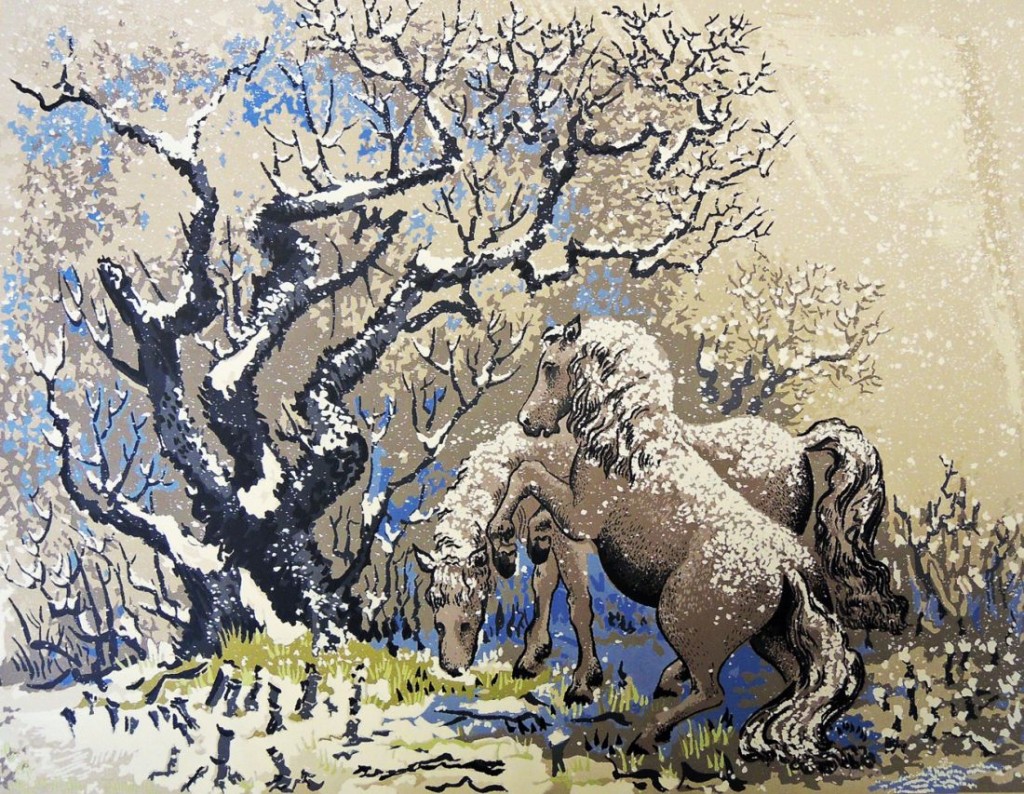 Guy Crittington MacCoy (1904-1981), Sugar Snow, 1946. Screen print. Graphic Arts Collection GA 2007.01785
Guy Crittington MacCoy (1904-1981), Sugar Snow, 1946. Screen print. Graphic Arts Collection GA 2007.01785
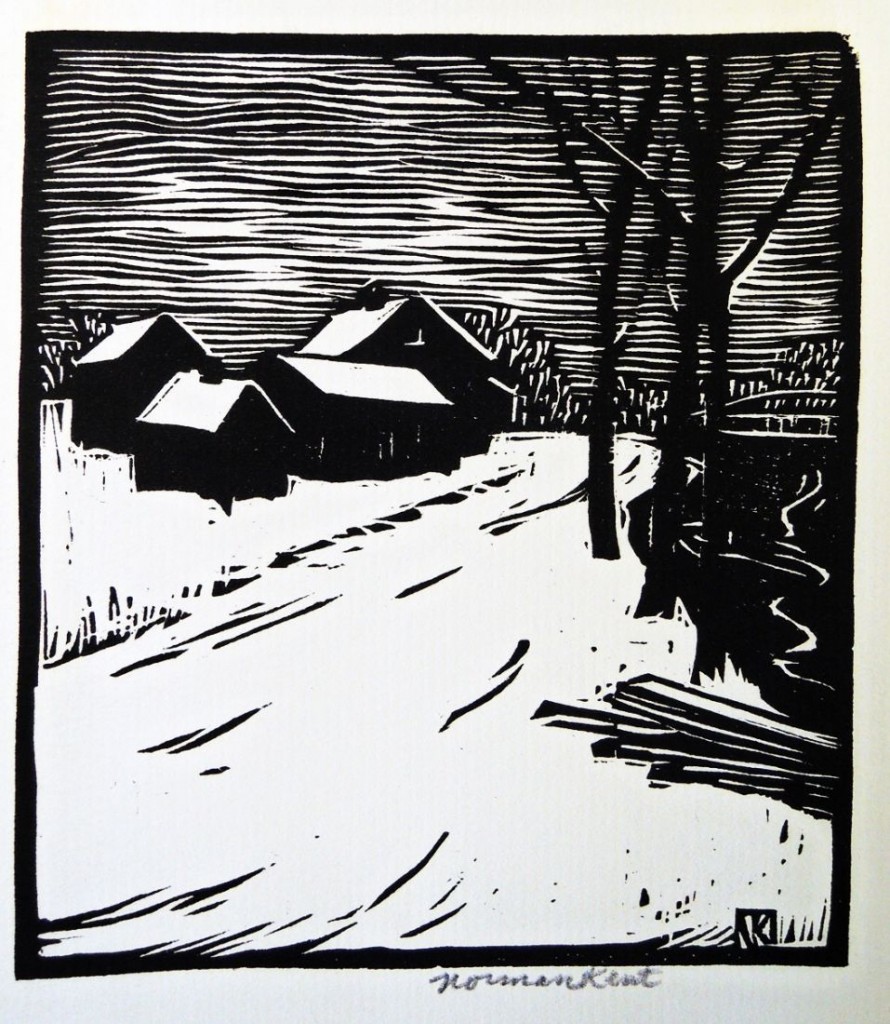 Norman Kent (1903-1972), Untitled [Landscape with snow and four houses], no date. Woodcut. Graphic Arts Collection GA 2007.01530
Norman Kent (1903-1972), Untitled [Landscape with snow and four houses], no date. Woodcut. Graphic Arts Collection GA 2007.01530
Bunbury’s designs after Tristram Shandy
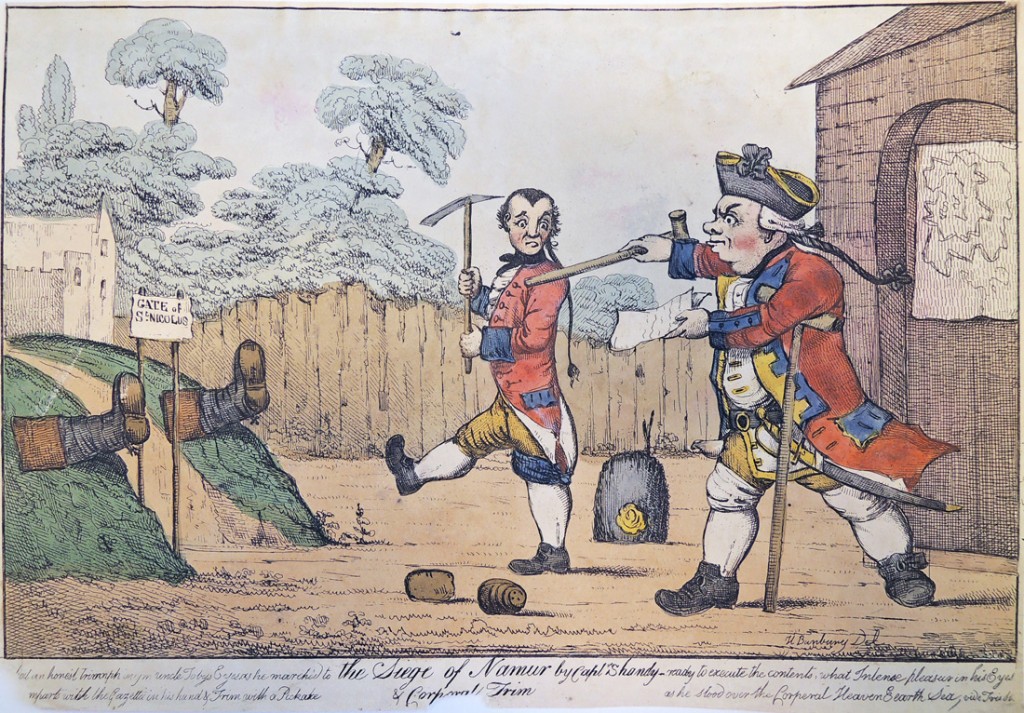
Henry William Bunbury (1750-1811), “The Siege of Namur by Captain Shandy and Corporal Trim” from Life and opinions of Tristram Shandy, gentleman, no date [1772]. Hand colored etching. Graphic Arts Collection GA 2011.00548.
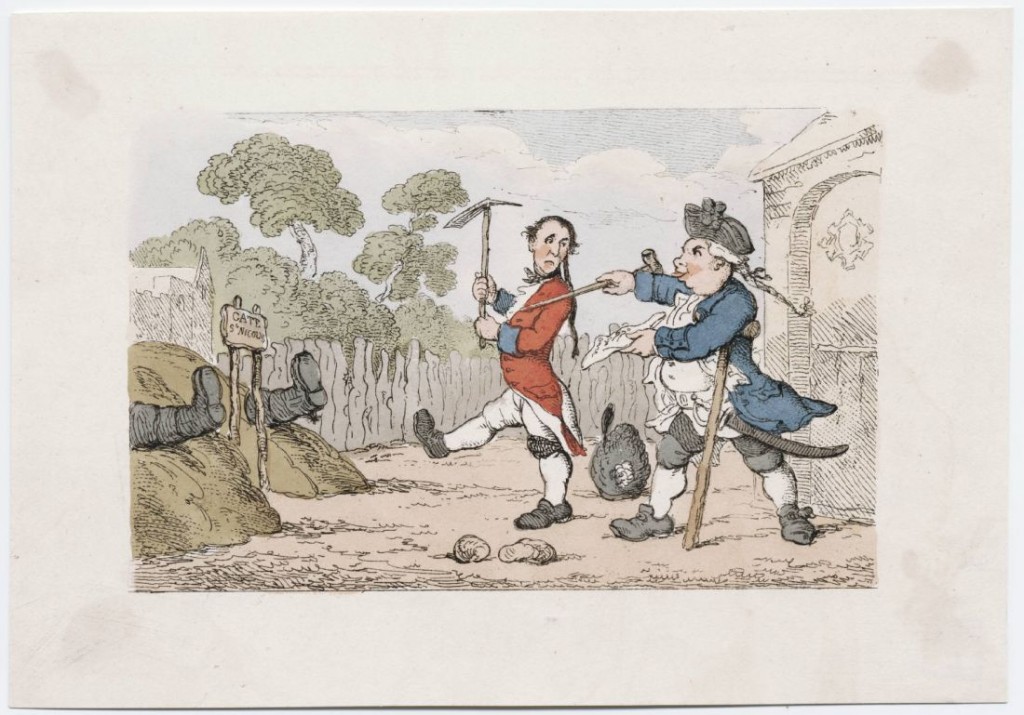
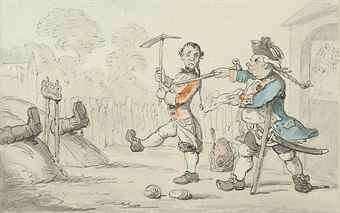 Undated etching from the Walpole Library attributed to Thomas Rowlandson [left] and a drawing sold by Christies also attributed to Rowlandson [right]. After Bunbury’s design but note the difference on the door on the far right.
Undated etching from the Walpole Library attributed to Thomas Rowlandson [left] and a drawing sold by Christies also attributed to Rowlandson [right]. After Bunbury’s design but note the difference on the door on the far right.
Laurence Sterne is “the most illustrated novelist of the eighteenth century,” writes Peter de Voogd. “The English language editions alone yield well over 1,300 different illustrations and the field is so vast that it must be subdivided.” [“Sterne and Visual Culture” in The Cambridge Companion to Laurence Sterne (2009)]. Sterne’s The Life and Opinions of Tristram Shandy, Gentleman was published in nine volumes, the first two appearing in 1759 and the last in 1767.
A series of etchings were designed in 1772 by the amateur draughtsman Henry William Bunbury, including “The Overthrow of Dr. Slop,” “The Battle of the Cataplasm,” “The Siege of Namur,” and “The Damnation of Obadiah.” This set was inspired by Sterne’s book but never bound with the text. They were published by James Bertherton in 1773; re-etched and published in 1799 by S.W. Fores; and then, lithographed in 1815-17.
Princeton’s Graphic Arts Collection owns several prints etched by Bunbury before the Bertherton edition, including one laterally reversed from the final published print. Although Thomas Rowlandson prepared two plates for a later bound edition of Tristram Shandy, they are different images, not the same as Bunbury’s designs.
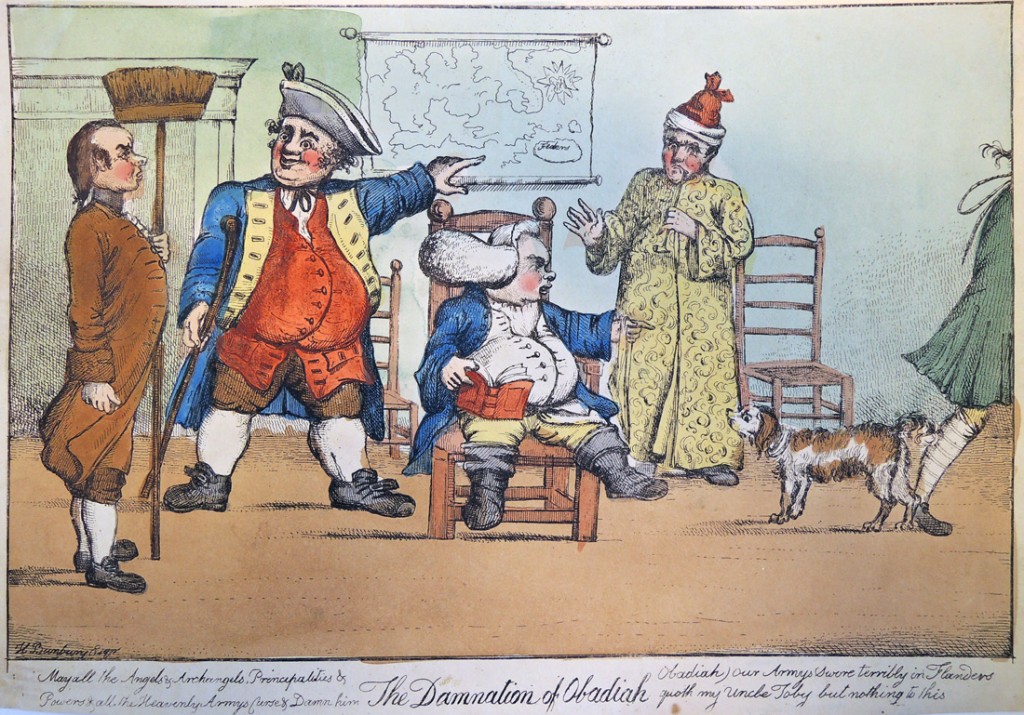 Henry William Bunbury (1750-1811), “The Damnation of Obadiah” from Life and opinions of Tristram Shandy, gentleman, no date [ca.1772]. Hand colored etching. Graphic Arts Collection GA 2011.00546. Gift of Dickson Q. Brown, Class of 1895.
Henry William Bunbury (1750-1811), “The Damnation of Obadiah” from Life and opinions of Tristram Shandy, gentleman, no date [ca.1772]. Hand colored etching. Graphic Arts Collection GA 2011.00546. Gift of Dickson Q. Brown, Class of 1895.
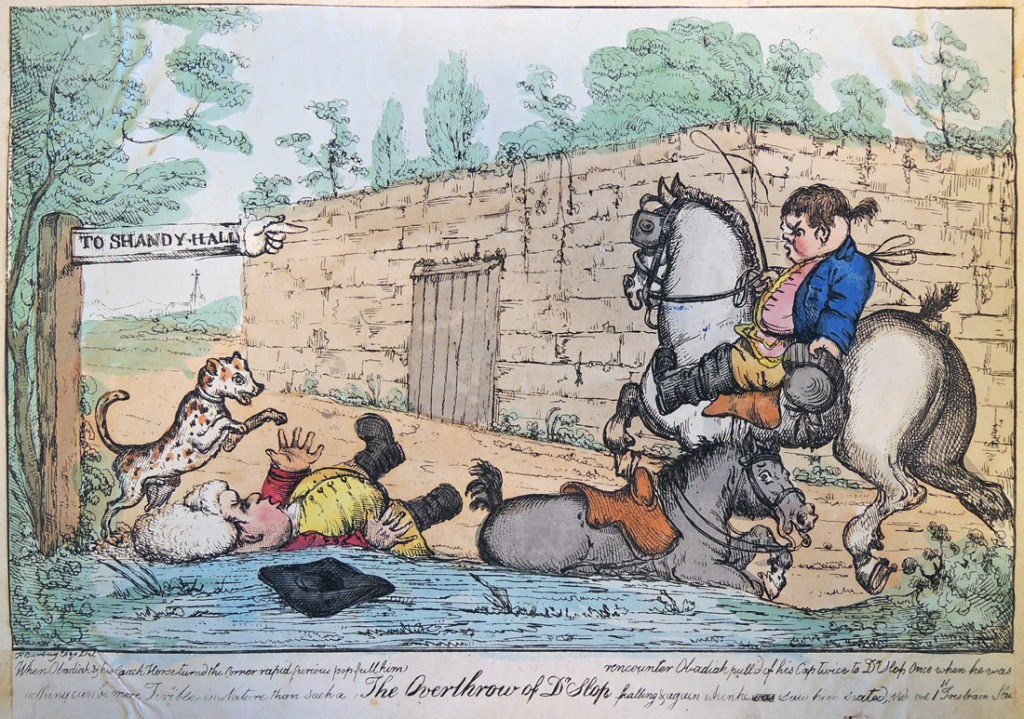 Henry William Bunbury (1750-1811), “The Overthrow of Dr. Slop” from Life and opinions of Tristram Shandy, gentleman, no date [ca.1772]. Hand colored etching. GA 2011.00547. Gift of Dickson Q. Brown, Class of 1895.
Henry William Bunbury (1750-1811), “The Overthrow of Dr. Slop” from Life and opinions of Tristram Shandy, gentleman, no date [ca.1772]. Hand colored etching. GA 2011.00547. Gift of Dickson Q. Brown, Class of 1895.
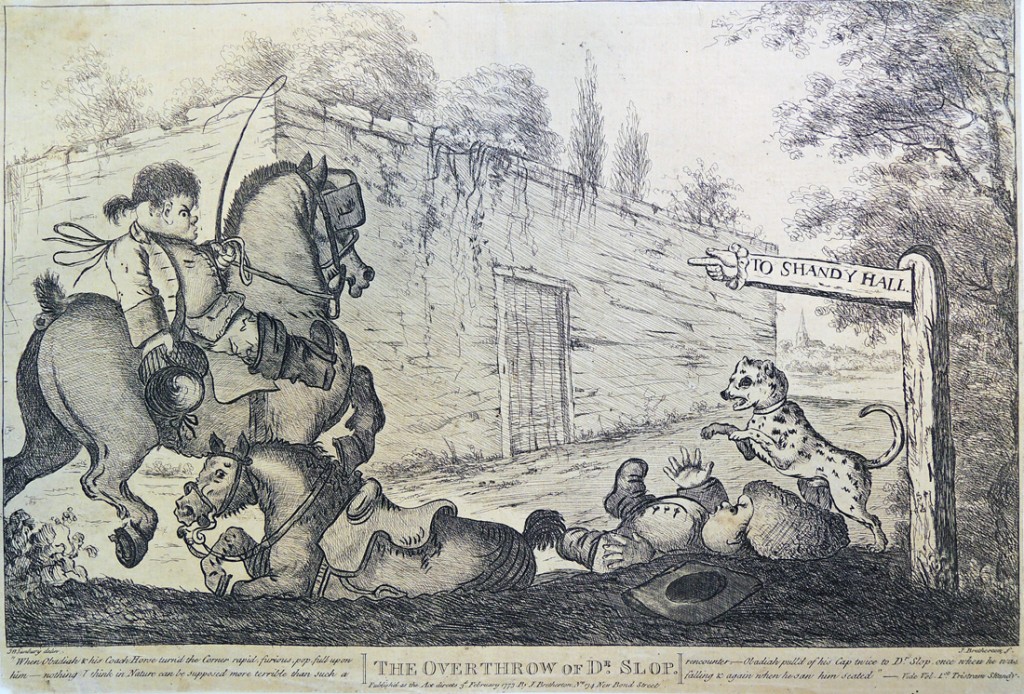 James Bretherton (active 1770-1781) after Henry William Bunbury (1750-1811), “The Overthrow of Dr. Slop” from Life and opinions of Tristram Shandy, gentleman, 3 February 1773. Etching. Graphic Arts Collection GA 2011.00506. Gift of Dickson Q. Brown, Class of 1895.
James Bretherton (active 1770-1781) after Henry William Bunbury (1750-1811), “The Overthrow of Dr. Slop” from Life and opinions of Tristram Shandy, gentleman, 3 February 1773. Etching. Graphic Arts Collection GA 2011.00506. Gift of Dickson Q. Brown, Class of 1895.
Beneath the design is engraved, “When Obadiah & his Coach Horse turn’d the Corner rapid, furious, pop, full upon him – nothing I think in Nature can be supposed more terrible than such a rencounter – Obadiah pull’d of [sic] his Cap twice to Dr Slop, once when he was falling & again when he saw him seated.”
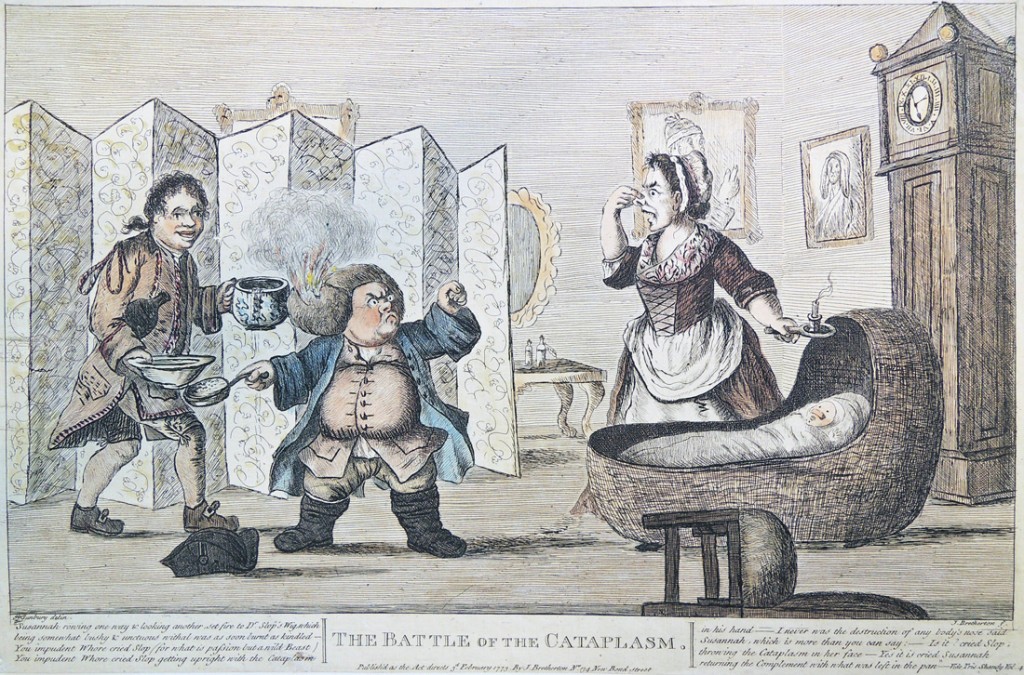 James Bretherton (active 1770-1781) after Henry William Bunbury (1750-1811), “The Battle of the Cataplasm” from Life and opinions of Tristram Shandy, gentleman, 3 February 1773. Hand colored etching. Graphic Arts Collection, GA 2011.00505. 1773/02/03. Gift of Dickson Q. Brown, class of 1895.
James Bretherton (active 1770-1781) after Henry William Bunbury (1750-1811), “The Battle of the Cataplasm” from Life and opinions of Tristram Shandy, gentleman, 3 February 1773. Hand colored etching. Graphic Arts Collection, GA 2011.00505. 1773/02/03. Gift of Dickson Q. Brown, class of 1895.
Beneath the design is engraved, “Susannah, rowing one way & looking another, set fire to Dr. Slop’s Wig, which being somewhat bushy & unctuous withal was as soon burnt as kindled – You impudent Whore cried Slop (for what is passion but a wild Beast) You impudent Whore cried Slop getting upright with the Cataplasm in his hand – I never was at the destruction of any body’s nose said Susannah, which is more than you can say; – Is it? cried Slop, throwing the Cataplasm in her face – Yes it is cried Susannah returning the Complement with what was left in the pan”
Gerald Kenneth Geerlings’ winning etching
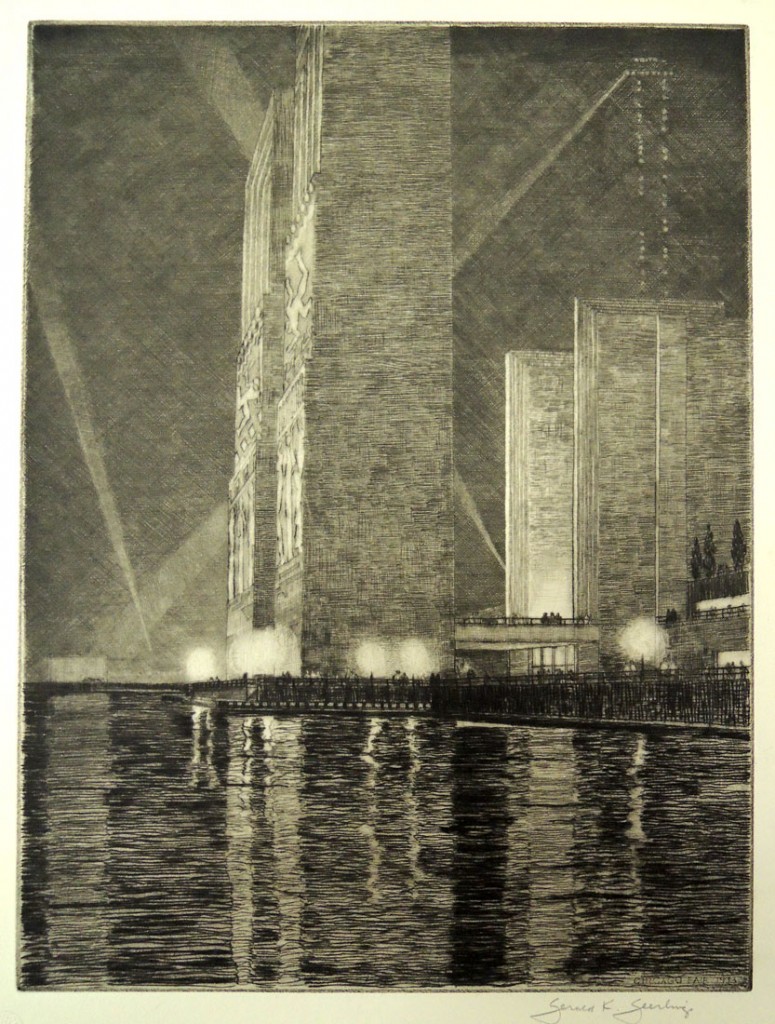
Gerald Kenneth Geerlings (born 1897-1998), Grand Canal, America (also called Electrical Building at Night) [Chicago Fair], 1933. Etching and drypoint on yellow/green paper. Graphic Arts Collection GA 2007.01331

According to the Chicago Tribune‘s 1934 World’s Fair Notes I: “In two seasons the 85,000 lights at the Fair have cost $800,000 forty. According to J. L. McConnell, construction chief, 35,000 of them have been broken or replaced. The largest was a 3,000 watt arc and the smallest a 73h watt bulb.” [Chicago Tribune 10/21/1934]
“[Shepard] Vogelgesang collaborated with J. L. McConnell, the director of electrical effects, to get an idea of how to effectively merge color and light at night. Illumination in 1934 was reported to be about fifty per cent greater than in 1933. Two scintillators shot variegated patterns of colored light into the sky. The most spectacular new feature of the 1934 fair was the huge new fountain which was illuminated and colored by submarine flood lights extending the length of the fountain. The ever changing lights could be controlled either automatically or by hand.” [Century of Progress website http://www.cityclicker.net/chicfair/index.html]
Devils, Dragons, and Monsters
 William Elmes (active 1804-1816), General Frost Shaveing Little Boney, 1 December 1812. Hand-colored etching. “Invade My Country indeed-I’ll Shave-Freeze-and Bury you in Snow-You little Monkey.”
William Elmes (active 1804-1816), General Frost Shaveing Little Boney, 1 December 1812. Hand-colored etching. “Invade My Country indeed-I’ll Shave-Freeze-and Bury you in Snow-You little Monkey.”
John Cawse (1778-1862), Genius, of Bazaar arrived at London, 29 May 1816. Hand-colored etching.
“This Monster who is a Native of Turkey has lately made his appearance in London & such is his power that by first appearing in Soho he got Acquainted with Mr Tr-t-r sinse which he has Spread Destruction through all the best houses in Town to the Great anoyance of all poor Shop-keepers.”
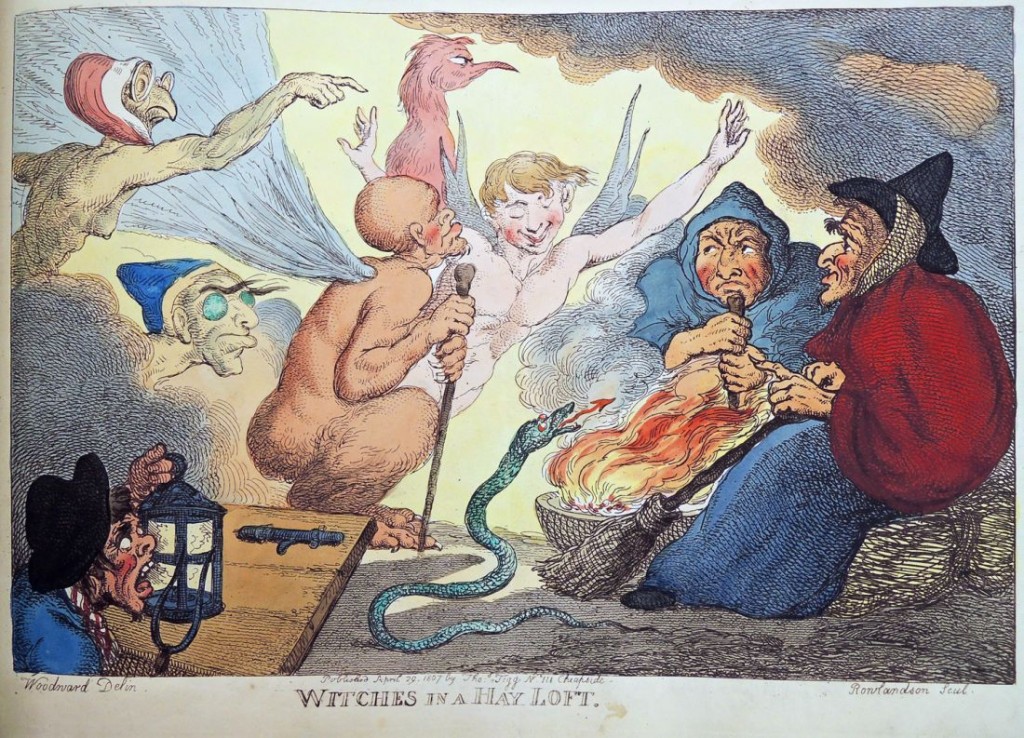 Thomas Rowlandson (1757-1827) after George Moutard Woodward (ca.1760-1809), Witches in a Hay Loft, 29 April 1807. Hand-colored etchng.
Thomas Rowlandson (1757-1827) after George Moutard Woodward (ca.1760-1809), Witches in a Hay Loft, 29 April 1807. Hand-colored etchng.
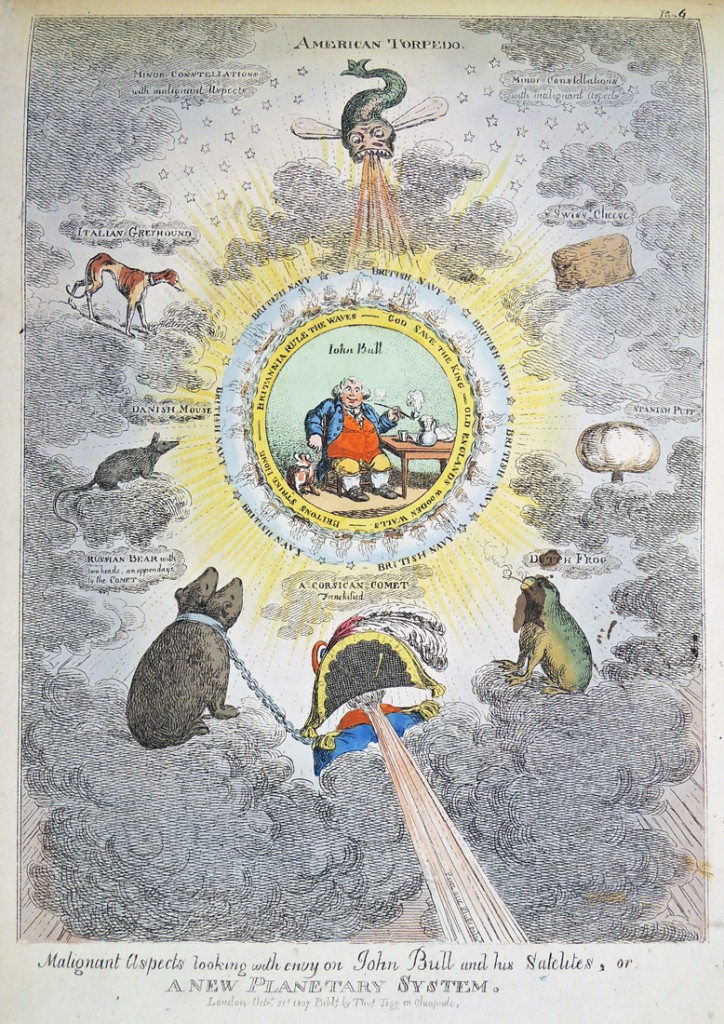 Charles Williams (1797-1830), Malignant Aspects Looking with Envy on John Bull and His Satelites, or a New Planetary System, 21 October 1807. Hand-colored etching.
Charles Williams (1797-1830), Malignant Aspects Looking with Envy on John Bull and His Satelites, or a New Planetary System, 21 October 1807. Hand-colored etching.
J. Lewis Marks (ca.1796-1855),The Tyrant Overtaken by Justice is Excluded from the World, May 1814. Hand-colored etching.
Unidentified artist, The Devil and Doctor Fostus or a finishing dose for poor Hibernia, no date [1809?]. Hand-colored etching.
“Doctor Fostus’s invaluable remedy for Bankruptcies, poverty, distress, Nakedness, loss of trade, starvation, and all other Calamities incident to a long oppress’d and suffering people—the Doctor ever anxious to promote the Welfare of Ireland now offers his anti gallic Quintessence to the scrutinising eye of an enlightened populice [sic], with the trifleing advance of 50. pr cent, occasioned by the highly beneficial useful & necessary war, and happy success of our late & present glorious Expeditions— this Noble Medecine is composed of all the Doctors former & present happy compositions—a single Dose of which acts so powerfully on the Nervous System as to rid the patient of all his Earthly Infirmities—”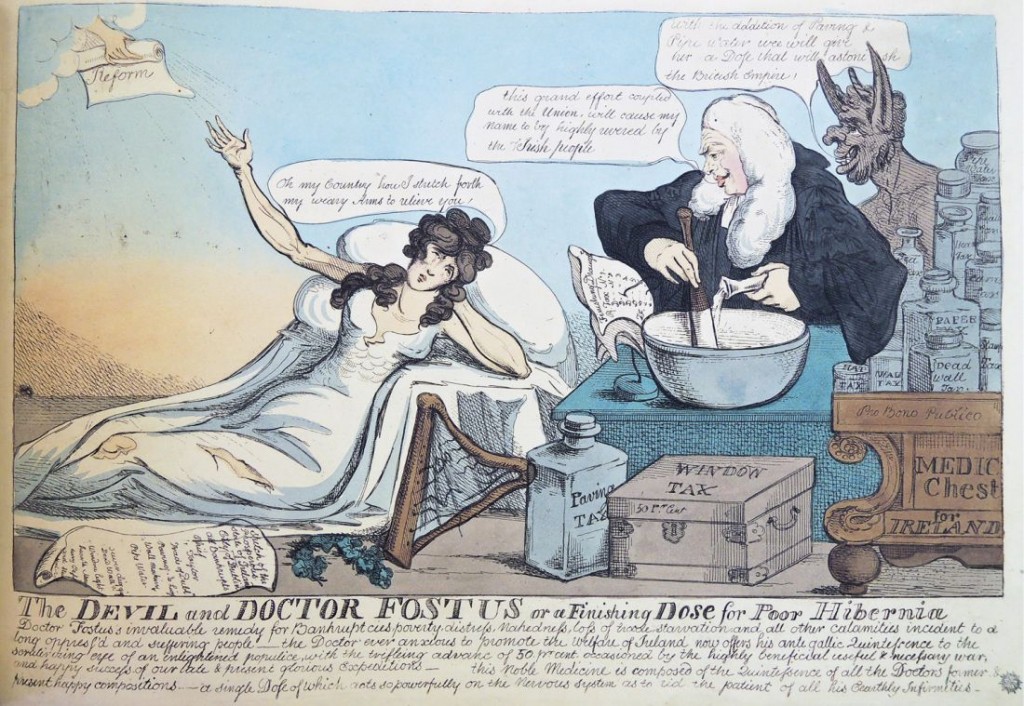
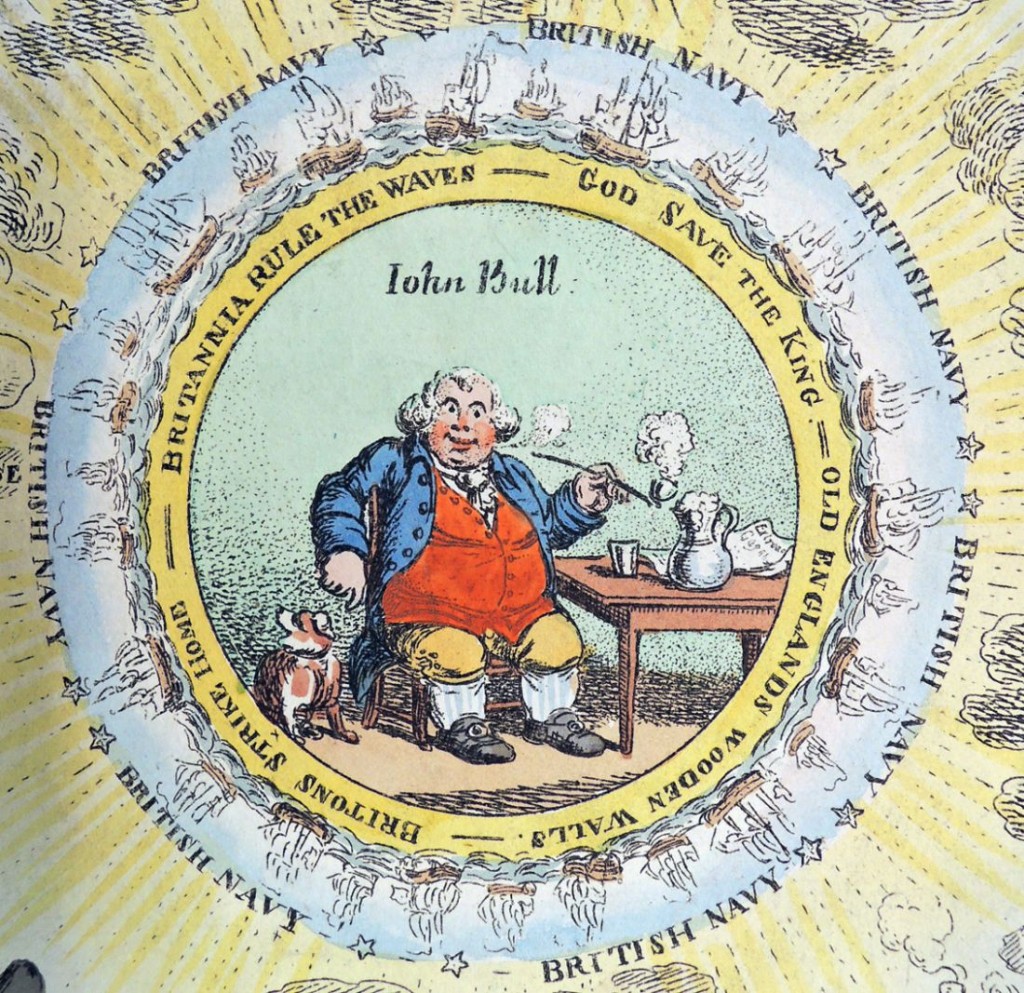 Found in: George M. Woodward (ca.1760-1809), The Caricature Magazine, or, Hudibrastic Mirror ([London] : Tegg, [1807-1820]). Graphic Arts Collection (GA) Kane Room Rowlandson 1807.5f
Found in: George M. Woodward (ca.1760-1809), The Caricature Magazine, or, Hudibrastic Mirror ([London] : Tegg, [1807-1820]). Graphic Arts Collection (GA) Kane Room Rowlandson 1807.5f
Engraved musical tutors “rendered easy”
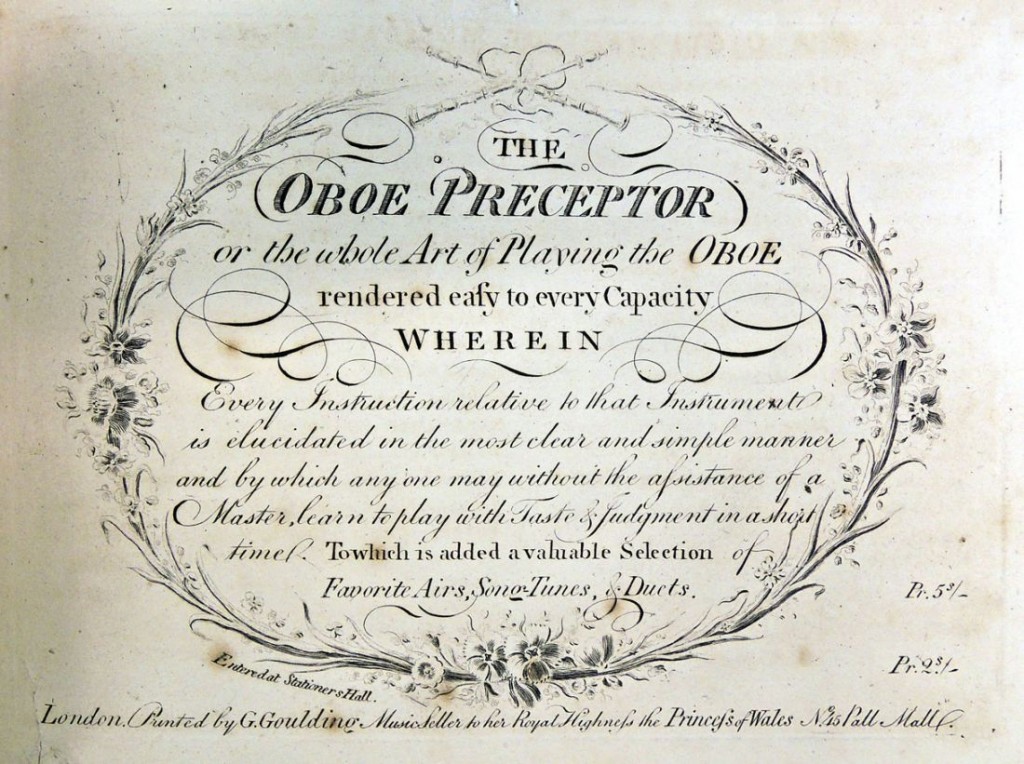
The Graphic Arts Collection recently acquired a Collection of Seven Musical Tutors, for Instruction in Playing the Flute, Oboe, Clarinet, Bassoon or Fagotto, Violin, Violoncello, and German Flute (London: [1800-1830s]). Each of the seven engraved booklets run approximately 30 pages with covers and advertising included. A label on the front board is lettered in gilt “T. Eaton/ 1834.” Here are a few examples.
Cape Henlopen Lighthouse
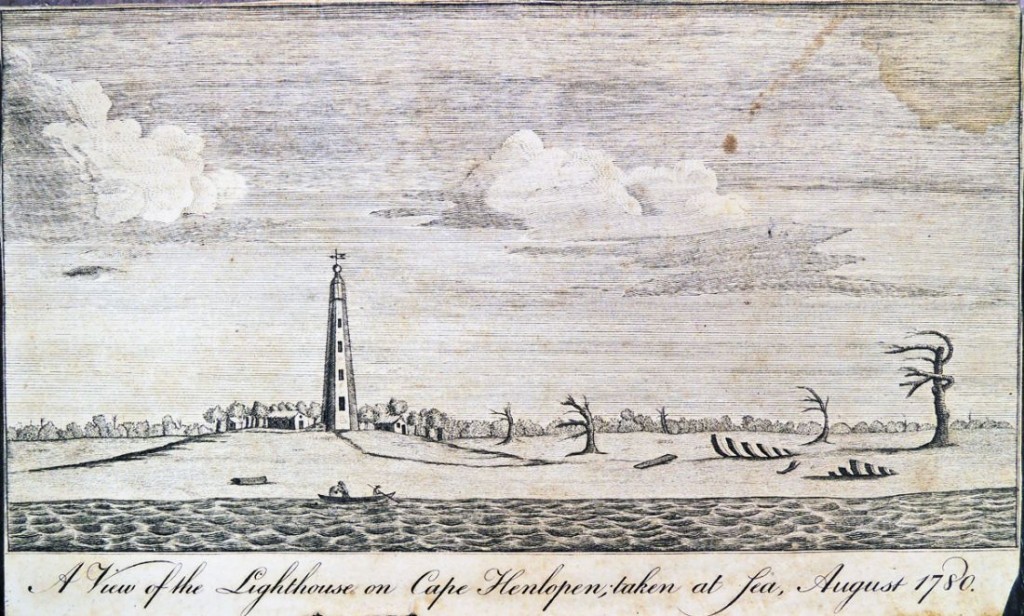
A View of the Lighthouse on Cape Henlopen; taken at Sea, August 1780. Engraving. Gift of Charles C. Abbott (1843-1919). Graphic Arts Collection GA 2015- uncatalogued prints.
This 18th century engraving only recently turned up in a folder. Created by an unidentified artist, the view documents the Cape Henlopen lighthouse only 13 years after it was built in 1767. The print was published in the February 1788 Columbian Magazine or Monthly Miscellany, opposite page 108, although it may well have been used as an illustration earlier.
Our print was donated in 1901 to Junius Spencer Morgan II, Class of 1888 (1867–1932), while he was working at the Princeton University Library, given by the American naturalist and author Charles C. Abbott (1843-1919).
Here is a brief history of the lighthouse by Eric A. Pearson Jr. “Bits and Pieces on Fabulous Cape Henlopen”:
“Before collapsing in April 1926, the Cape Henlopen Lighthouse guided vessels from the Atlantic Ocean into the Delaware Bay for more than 150 years. Built in 1767 with money raised from a series of lotteries in Philadelphia, the lighthouse was made of stone brought down from the Brandywine River north of Wilmington, Del., near the Pennsylvania border. The tower was 26 feet in diameter, 6 feet thick at the base, 69 feet, 3 inches tall, and 17 feet, 6 inches in diameter and 3 feet thick at the top. It was built on the north side of the Great Dune, 46 feet above sea level, to obtain additional height. Because the dune moved 3 to 5 feet a year, it eventually claimed the lighthouse.”
Stella’s Pastorales
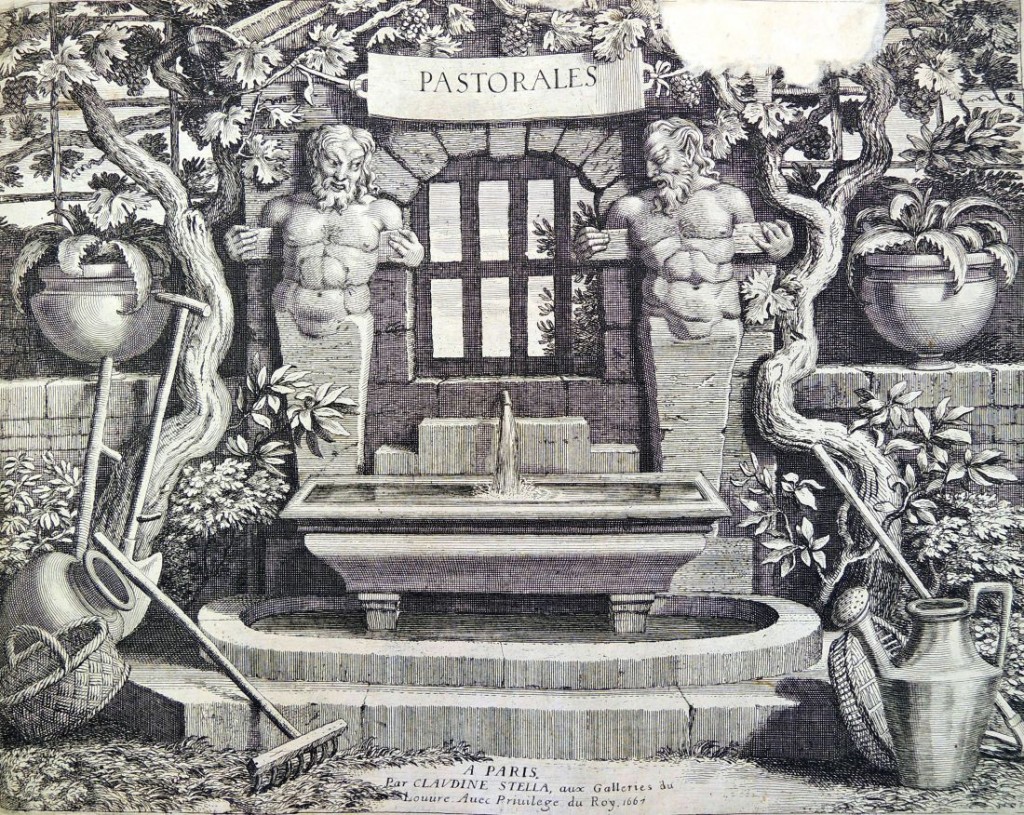
“In 1667 Claudine Bouzonet Stella published Les Pastorales, a set of sixteen prints of rural subject-matter which have been called the chefs d’oeuvre of the pastoral genre in seventeenth-century France. Besides the charm and attractiveness of the scenes and figures, the quality of the drawing and the excellence of the prints themselves, perhaps the key success of the Pastorales was their reworking of traditional bergerie subject- matter in a modern classical idiom. It was a formula that was to last, and without Claudine’s set of prints the profusion of pastoral imagery in the 18th-century would be almost unthinkable.” –Jamie Mulherron, “Claudine Bouzonnet, Jacques Stella and the Pastorales,” Print Quarterly 25 (2008), pp. 393-407.
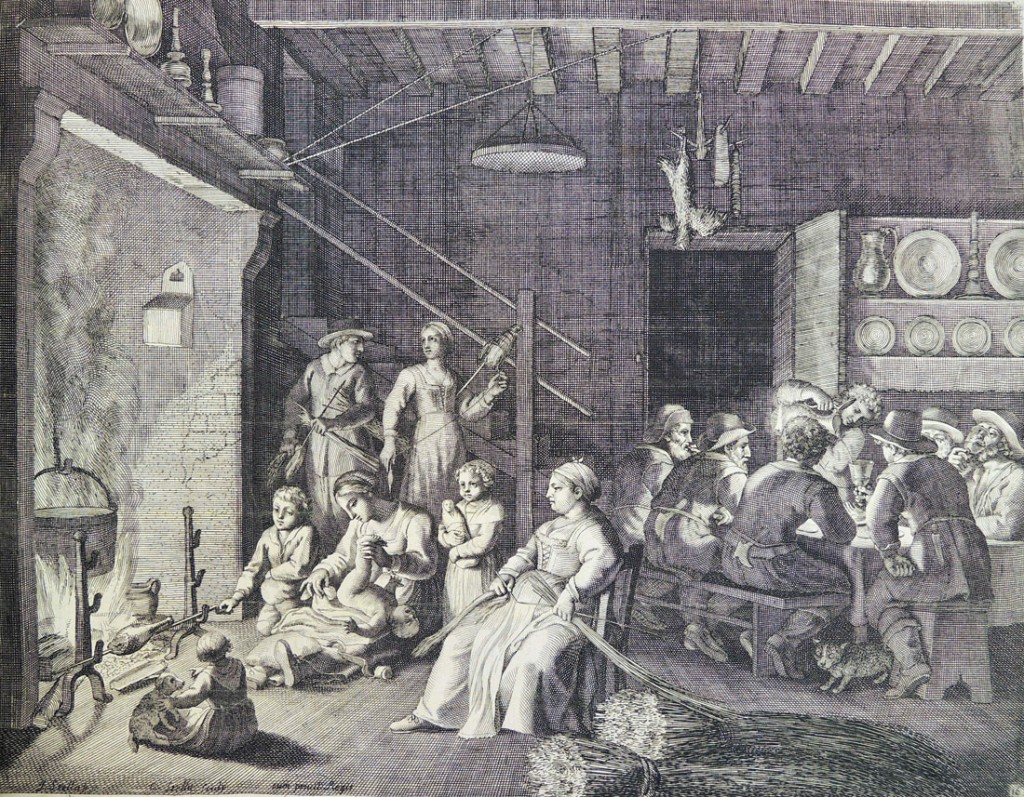
 It is thrilling to announce that the Graphic Arts Collection has acquired a complete set of Stella’s Pastorales, bound in contemporary vellum. We join Harvard University Library as the only collections recorded by OCLC to own this set in the United States.
It is thrilling to announce that the Graphic Arts Collection has acquired a complete set of Stella’s Pastorales, bound in contemporary vellum. We join Harvard University Library as the only collections recorded by OCLC to own this set in the United States.
The acquisition adds significantly to our holding of work by this important female printmaker (see https://graphicarts.princeton.edu/2014/12/15/where-are-the-female-printmakers/). Here are a few of her beautiful prints.
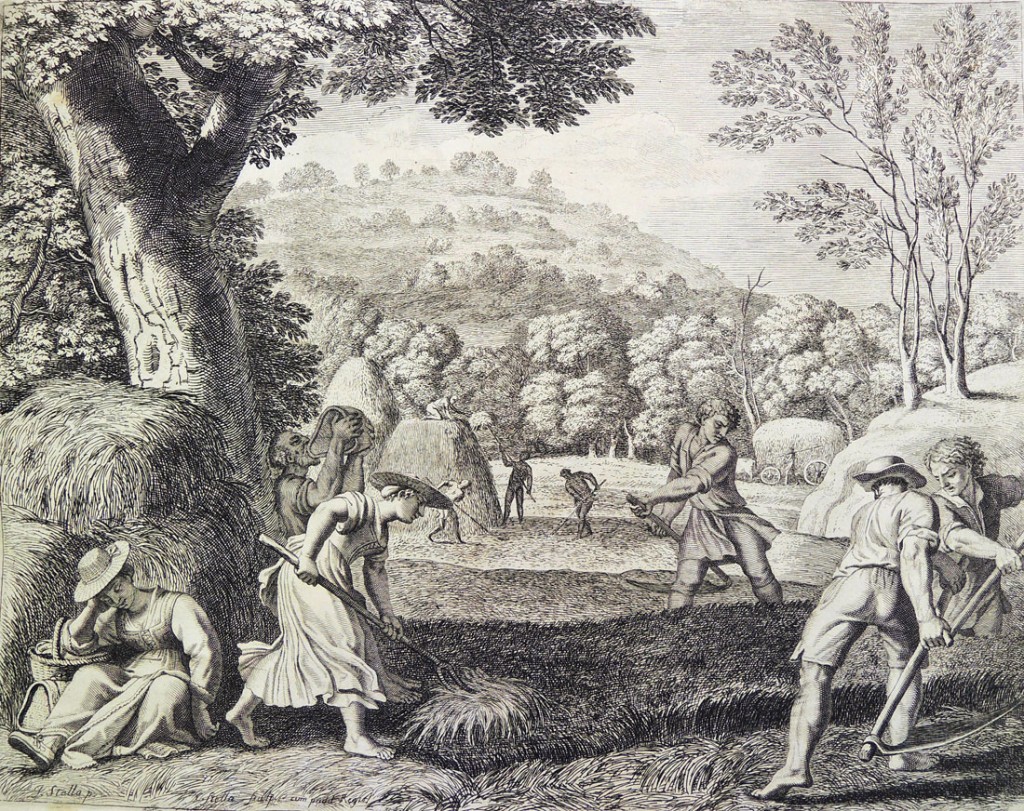
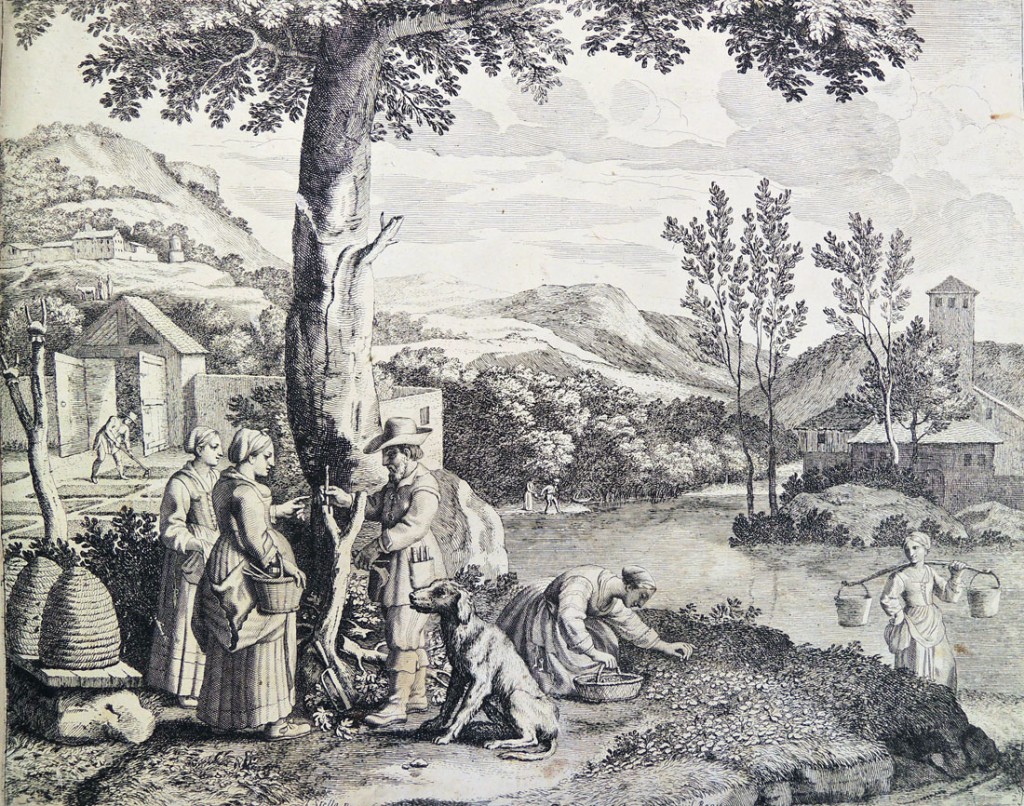
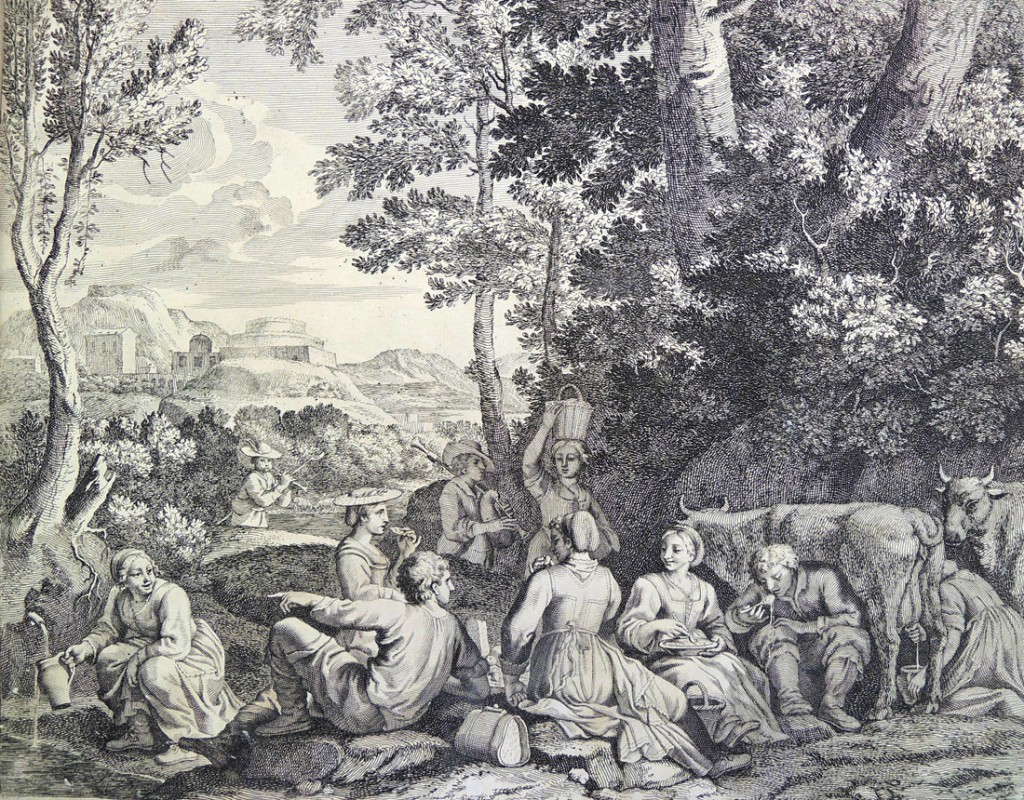
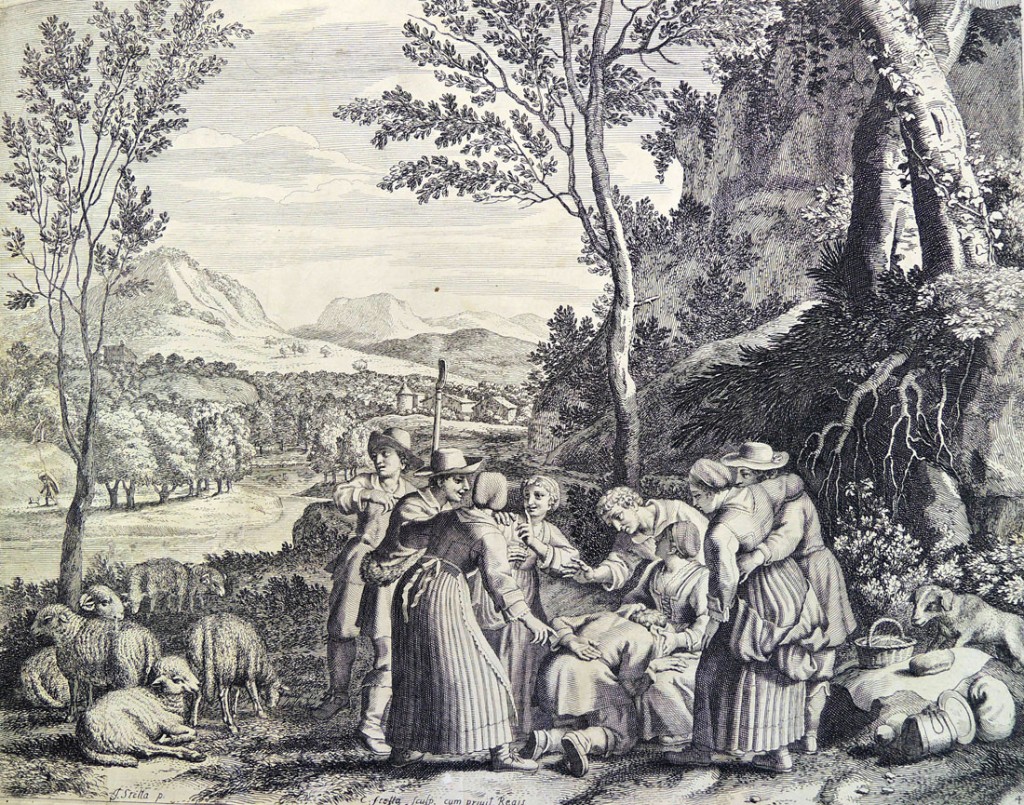
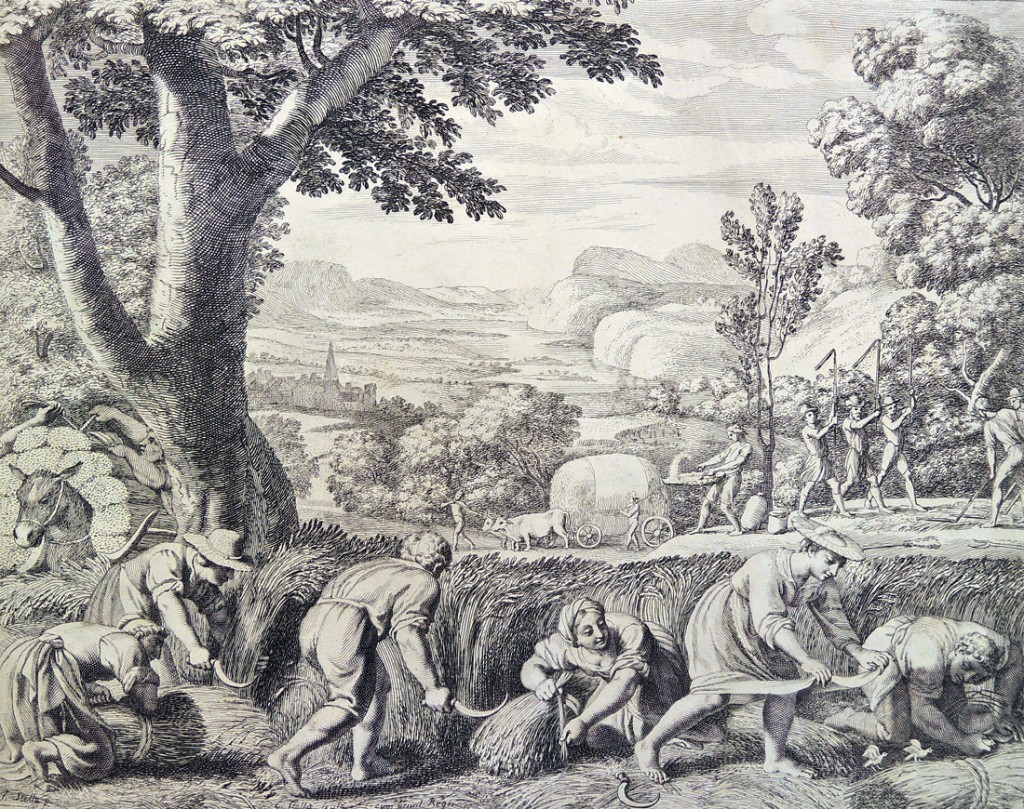 Claudine Bouzonnet Stella (1636-1697) after Jacques Stella (1596-1657), Les pastorales (Paris: Par Claudine Stella, aux Galleries du Louvre, 1667). Complete suite of 16 engravings in contemporary vellum binding. “Extrait dv privilege” letterpress printed on verso of title page. Graphic Arts Collection GAX 2015- in process
Claudine Bouzonnet Stella (1636-1697) after Jacques Stella (1596-1657), Les pastorales (Paris: Par Claudine Stella, aux Galleries du Louvre, 1667). Complete suite of 16 engravings in contemporary vellum binding. “Extrait dv privilege” letterpress printed on verso of title page. Graphic Arts Collection GAX 2015- in process

